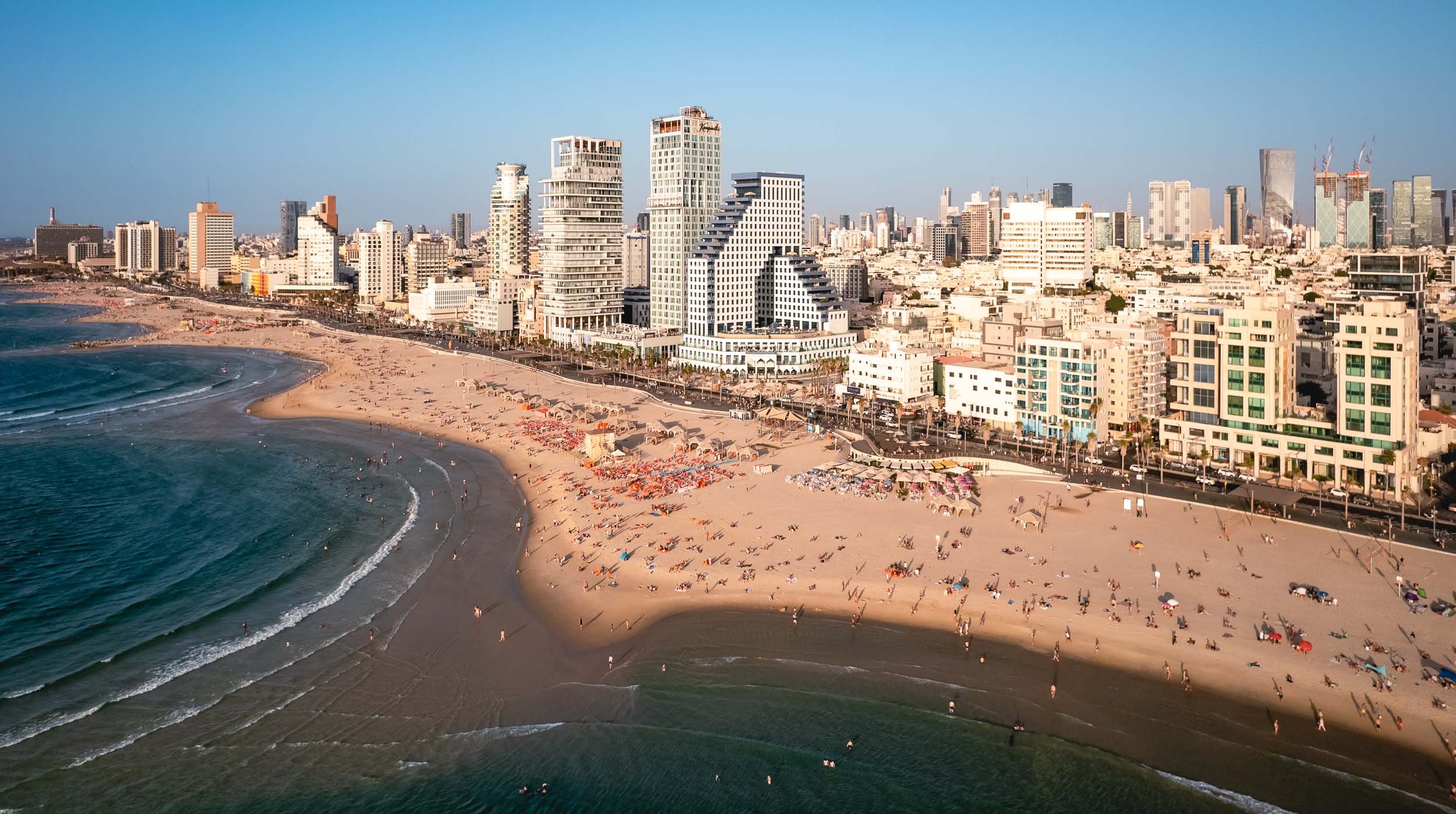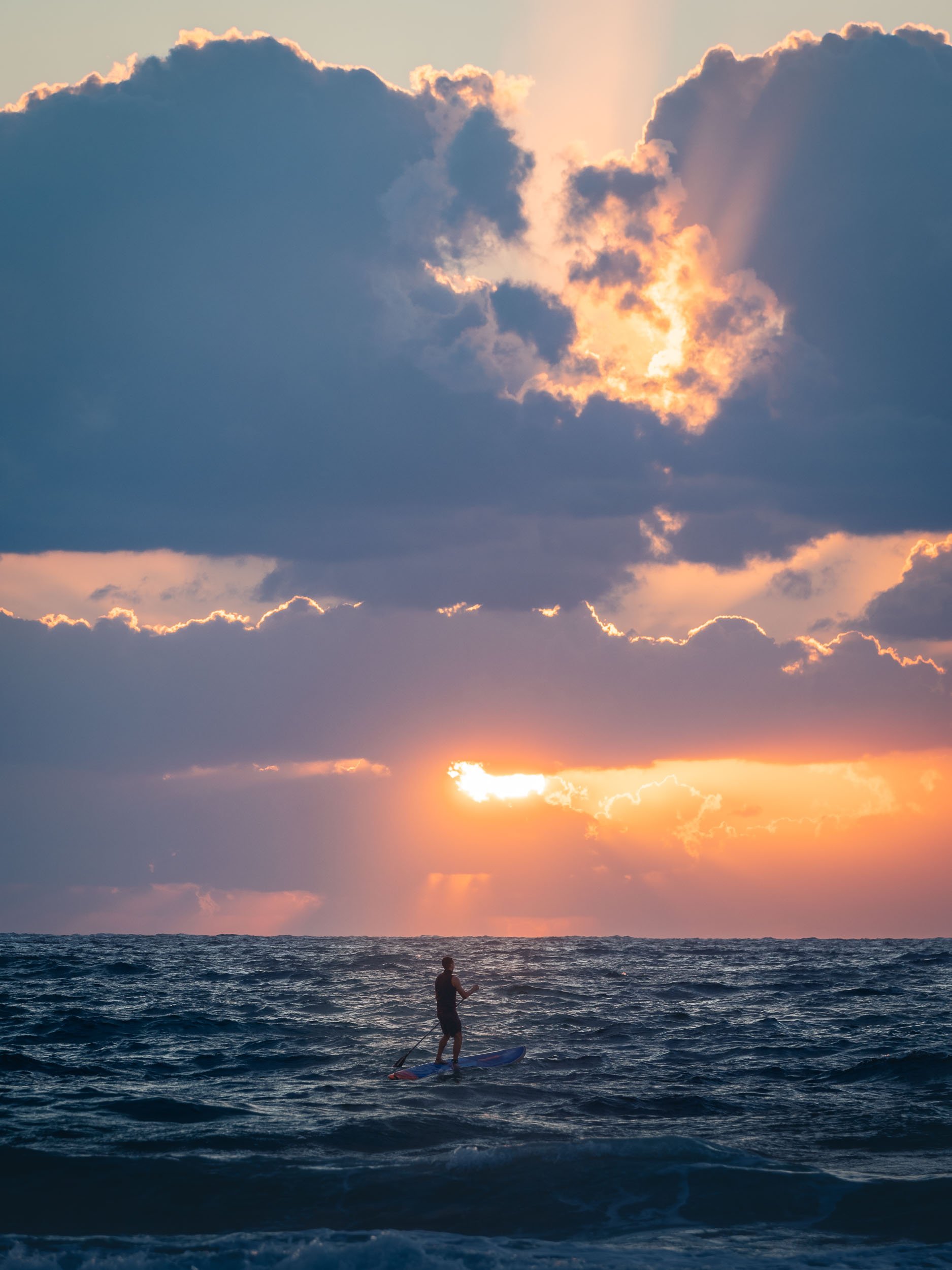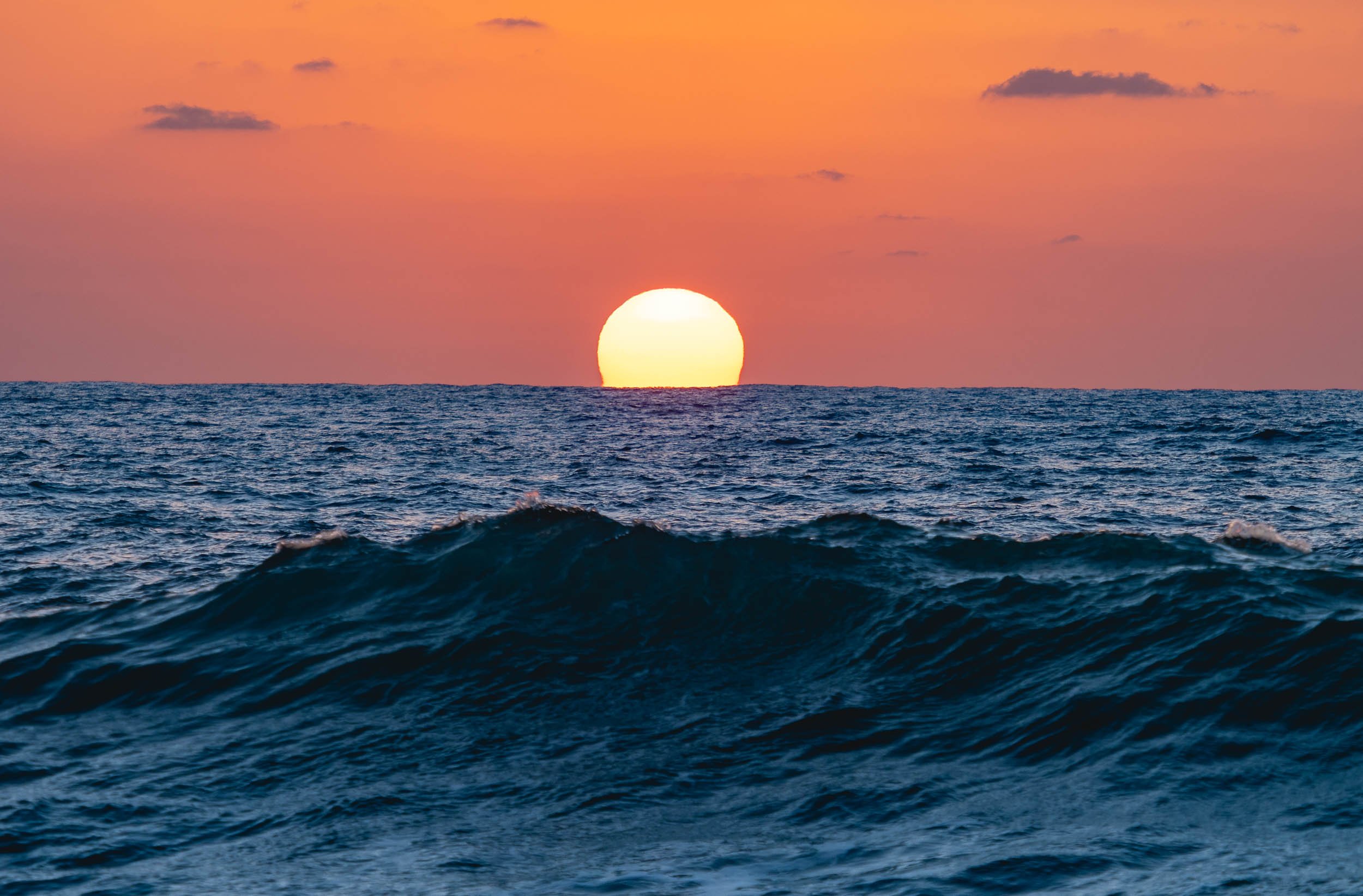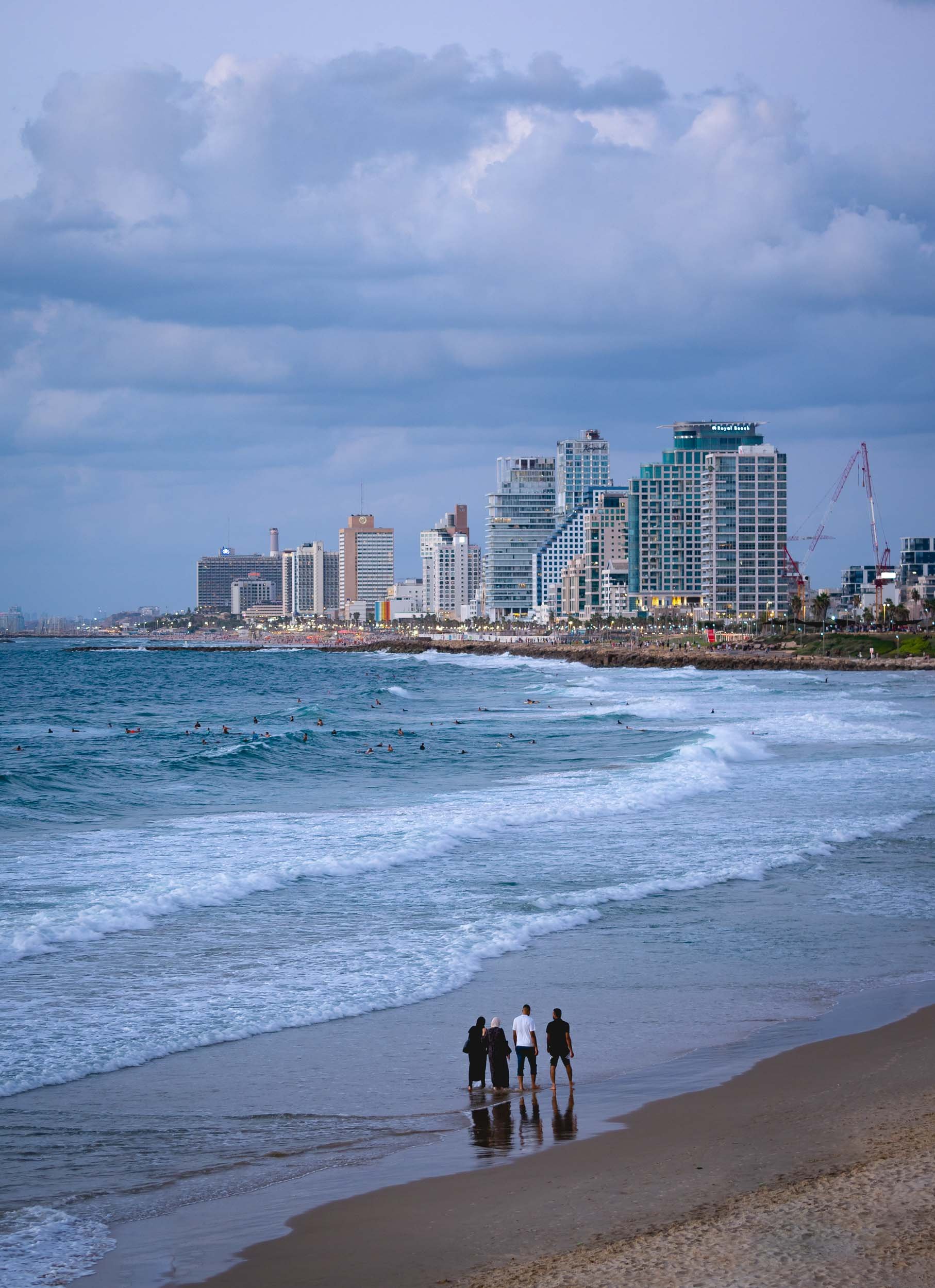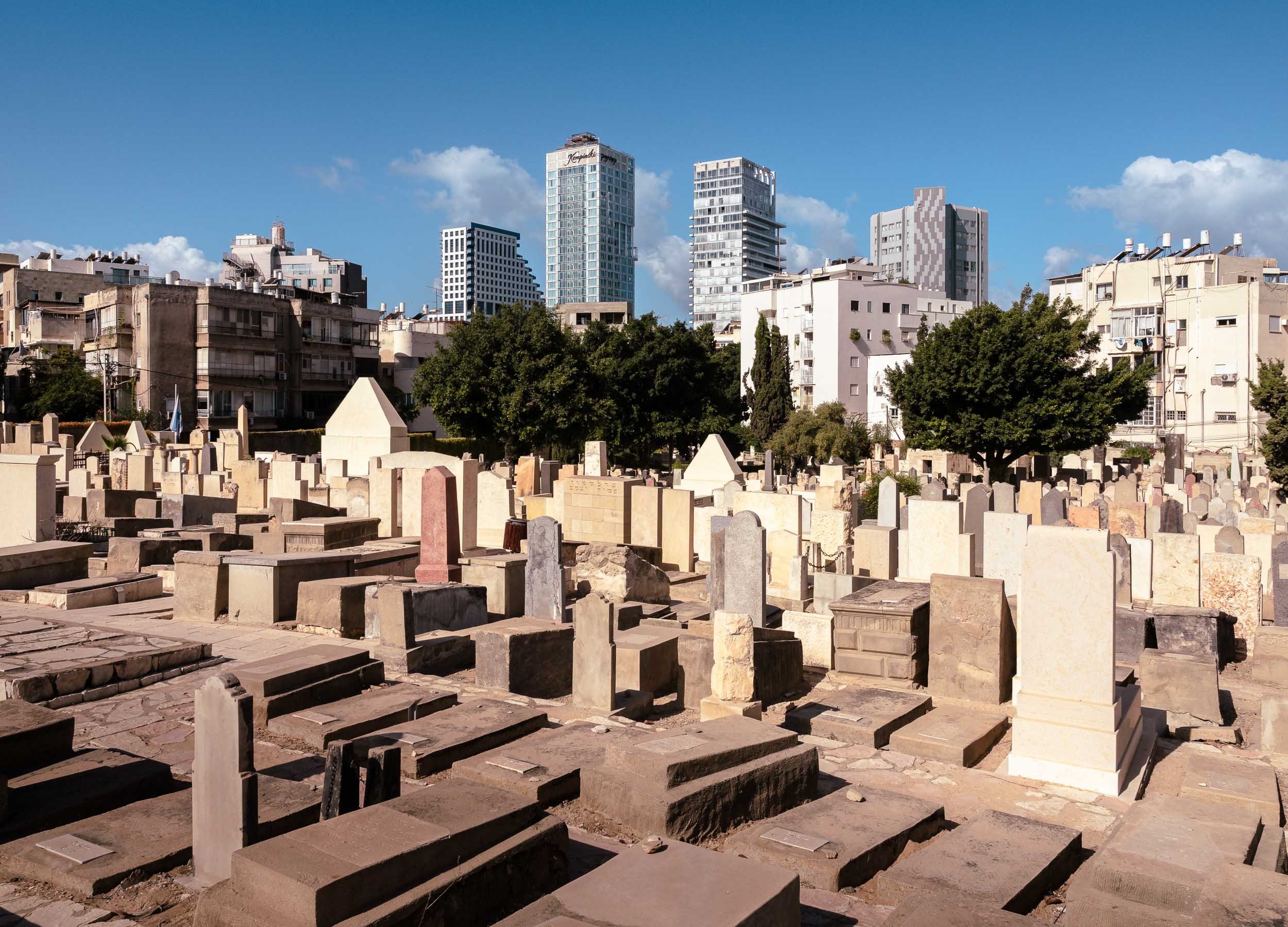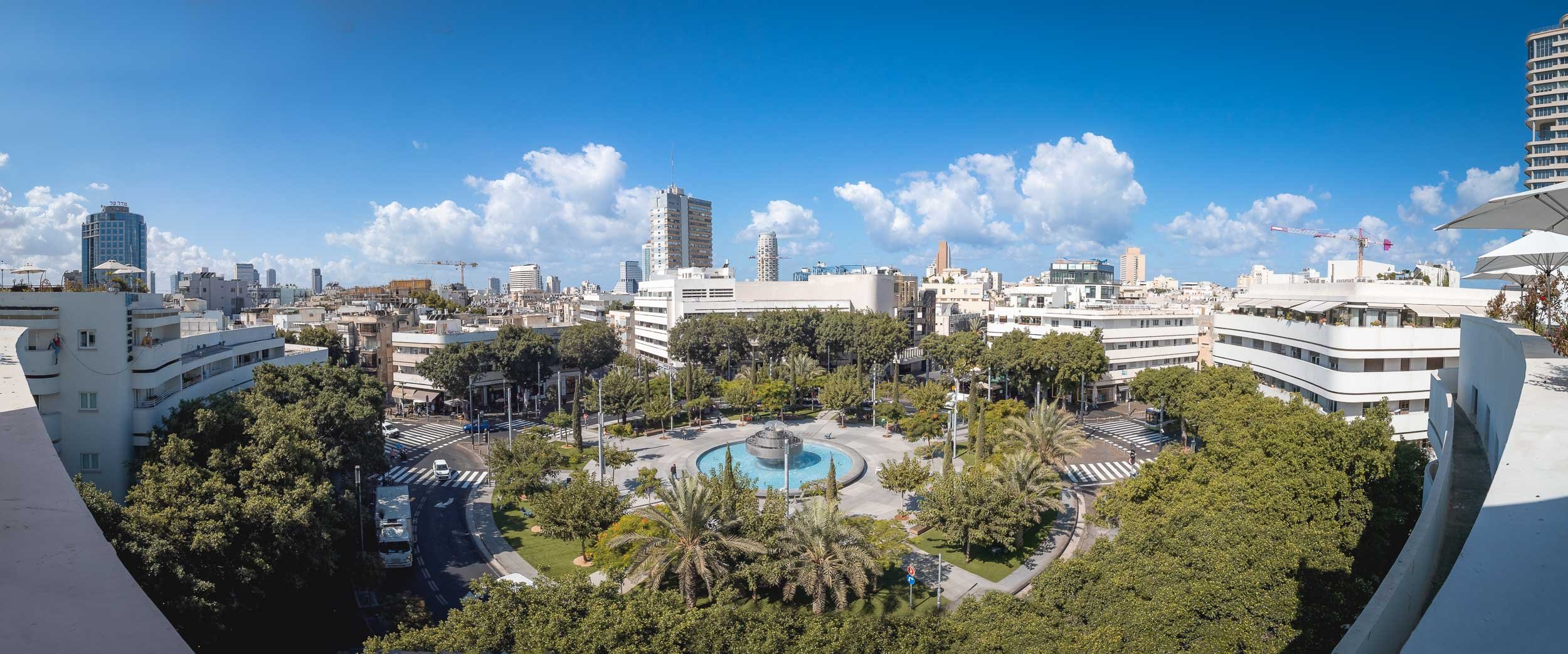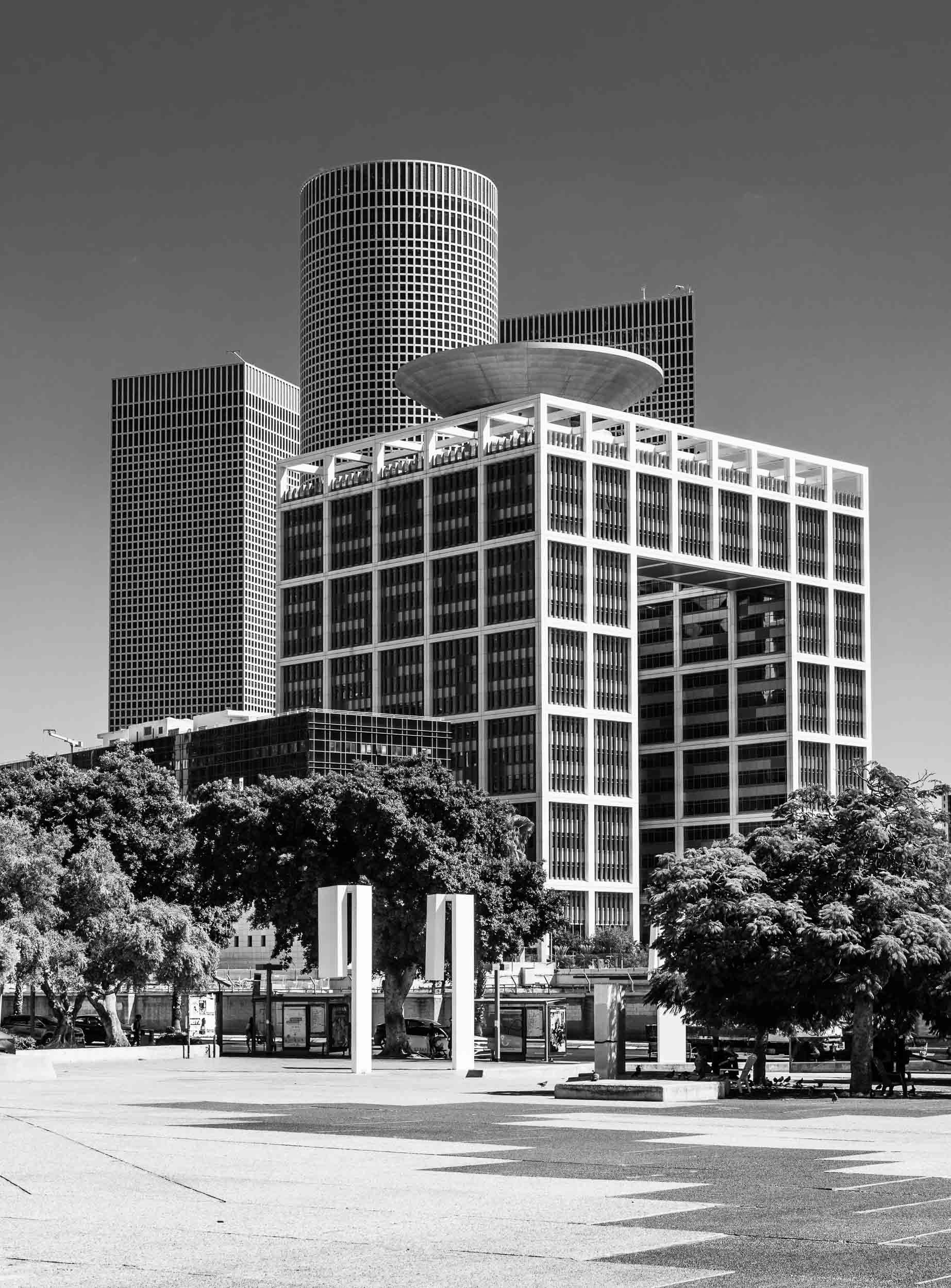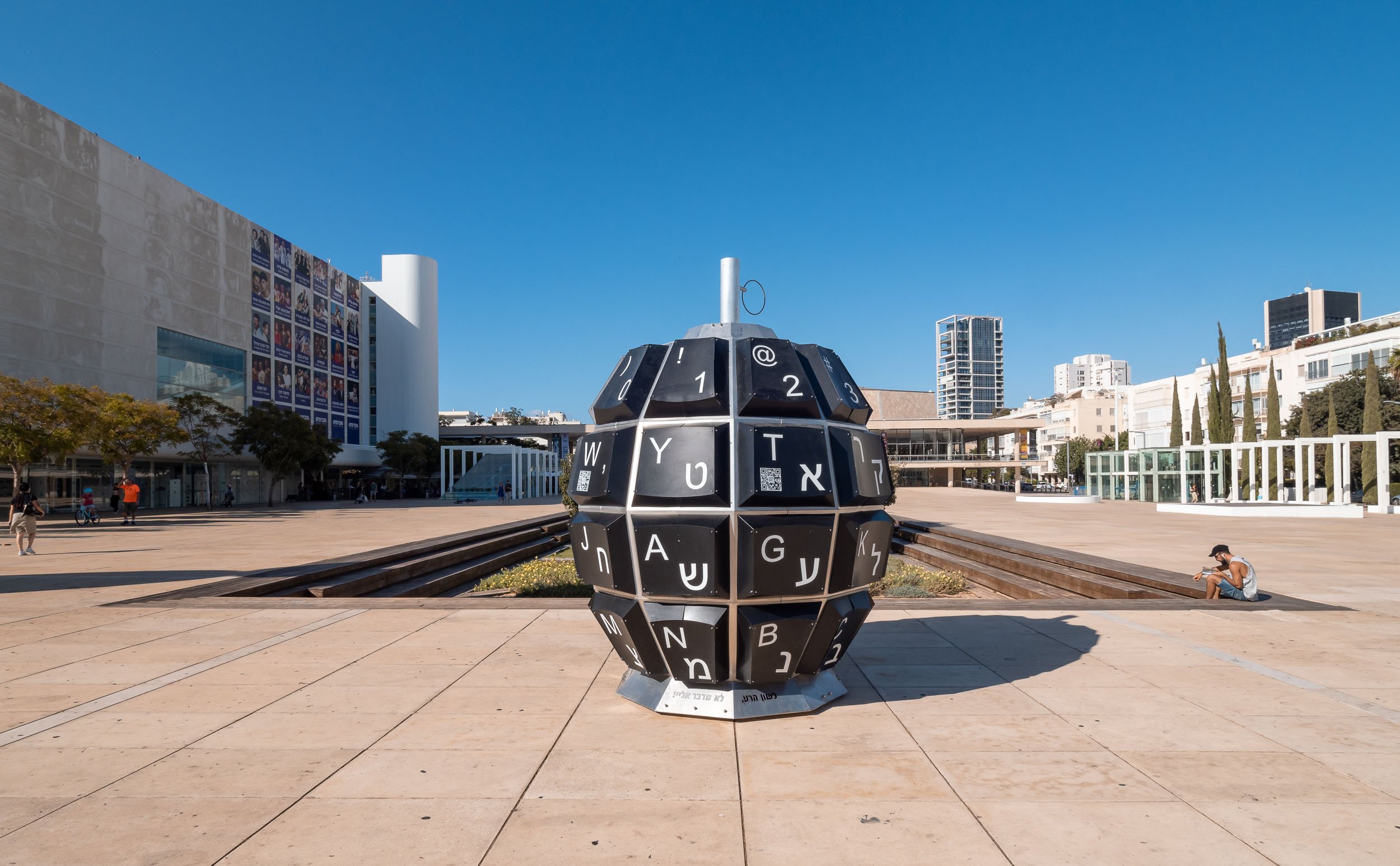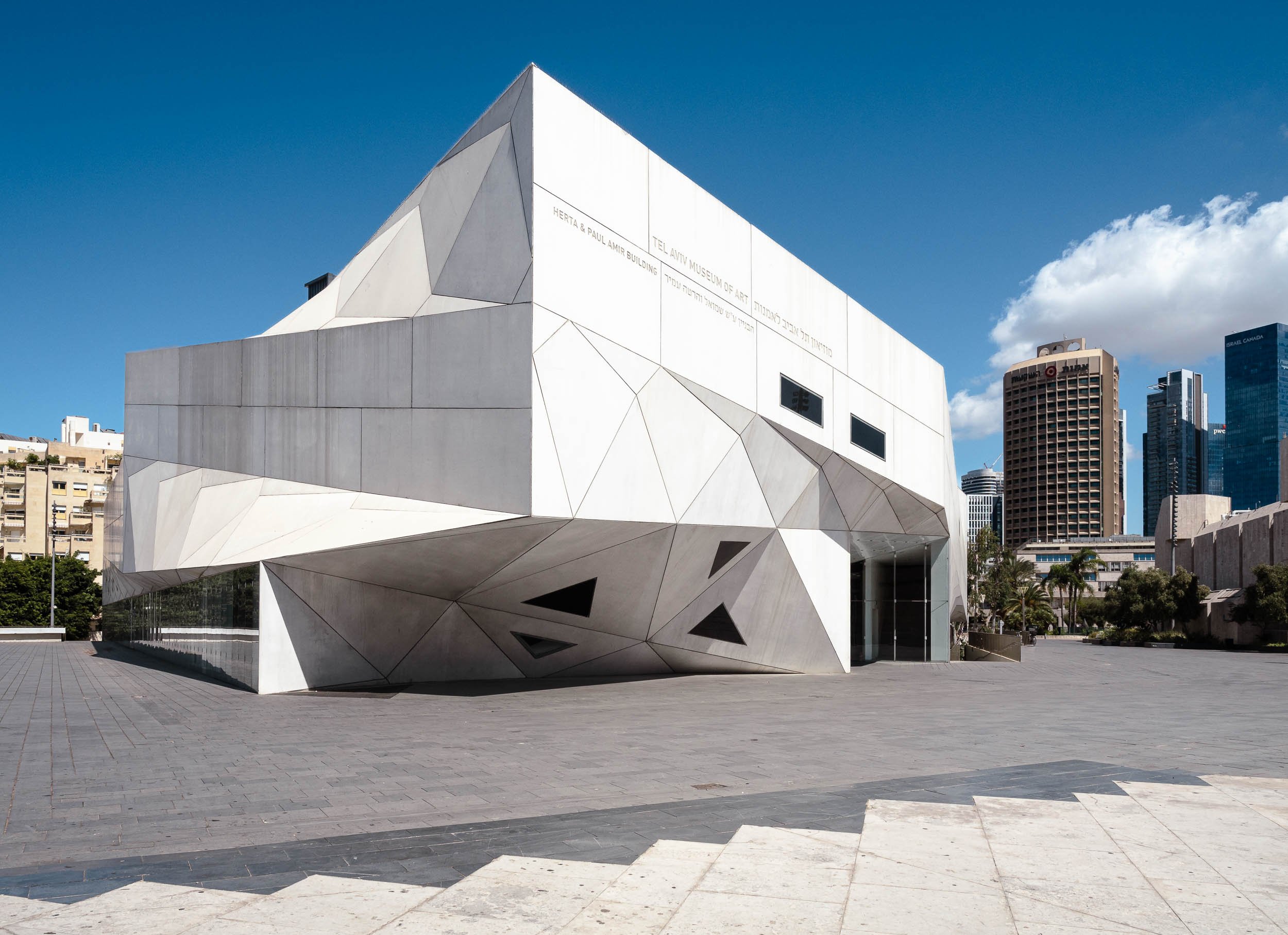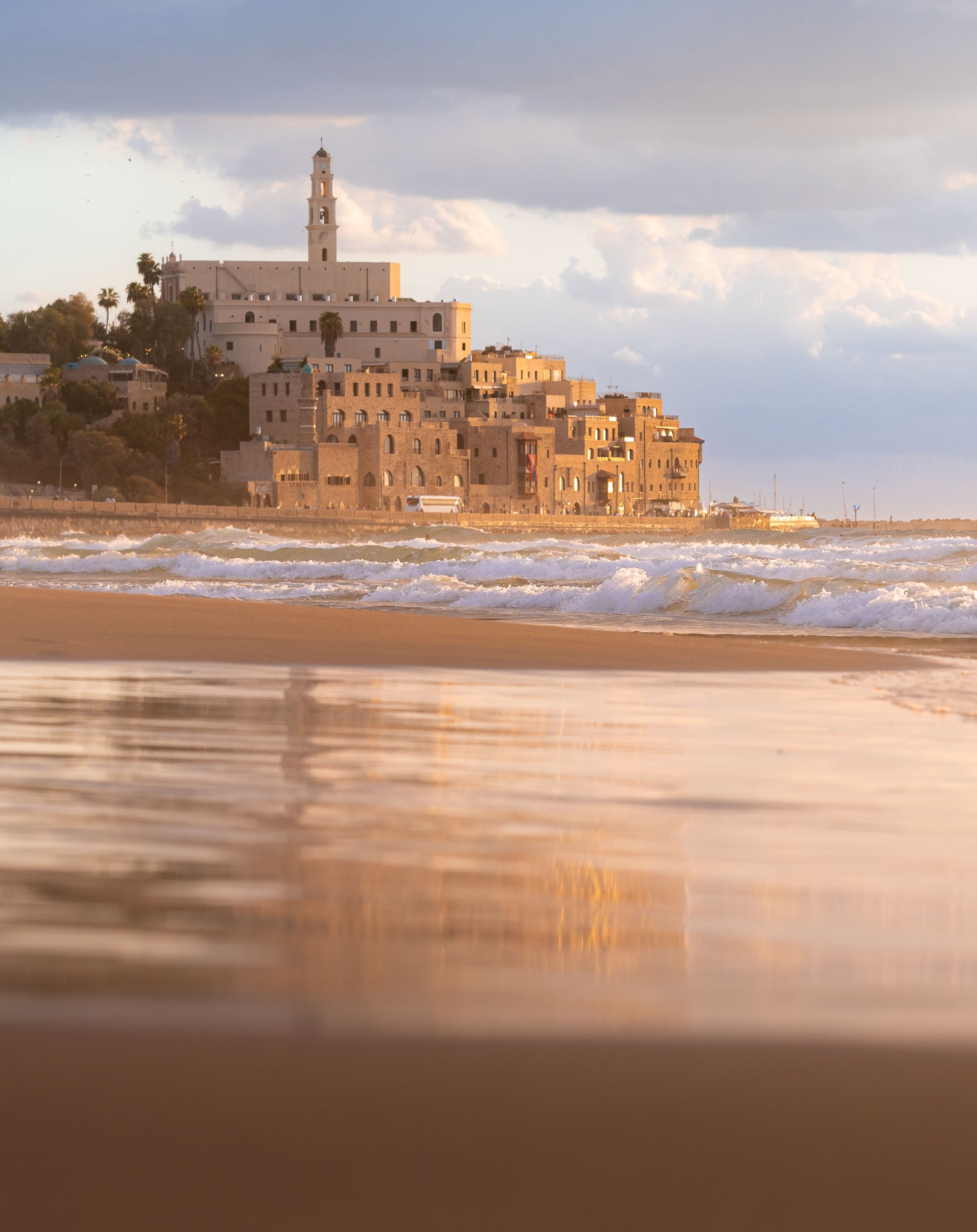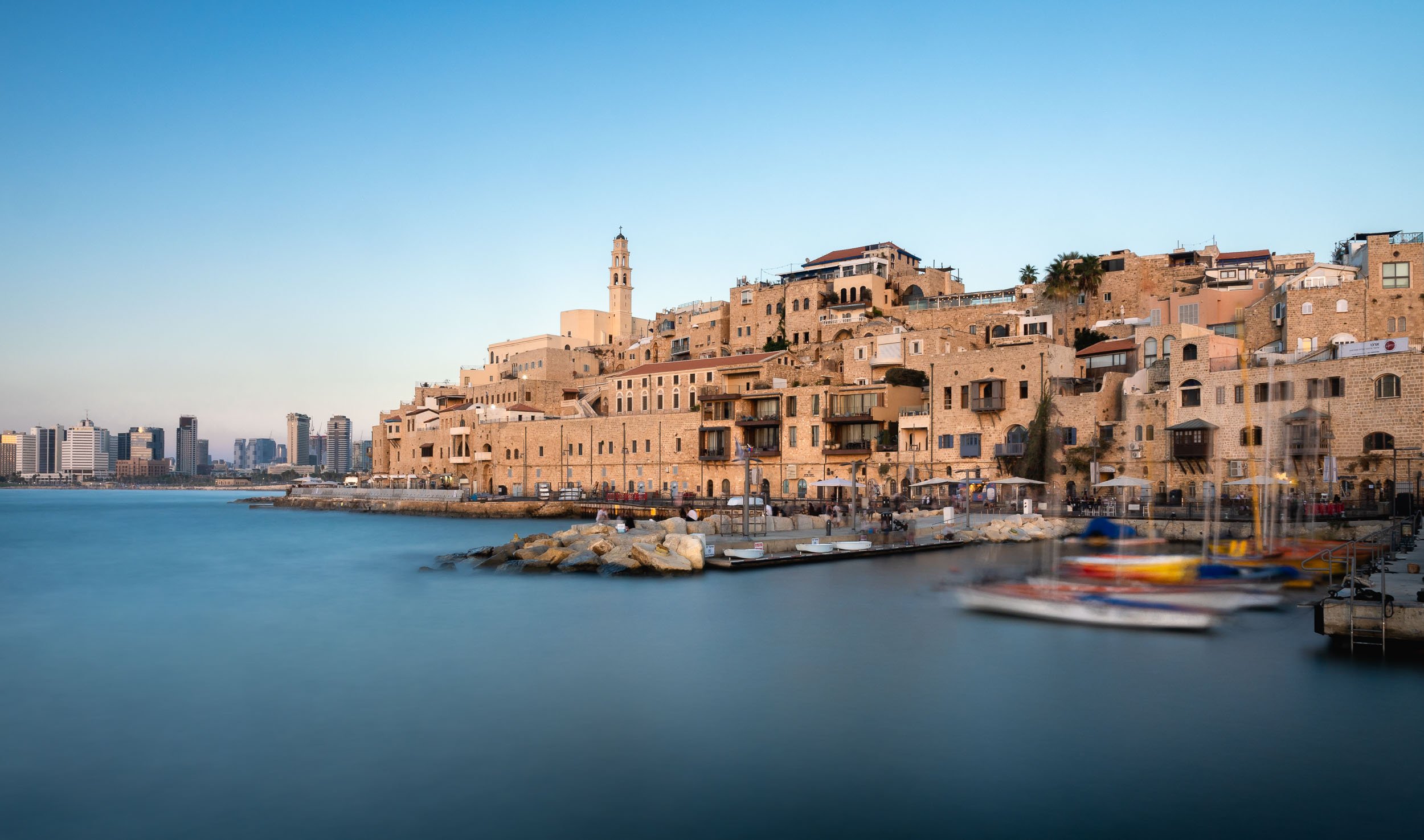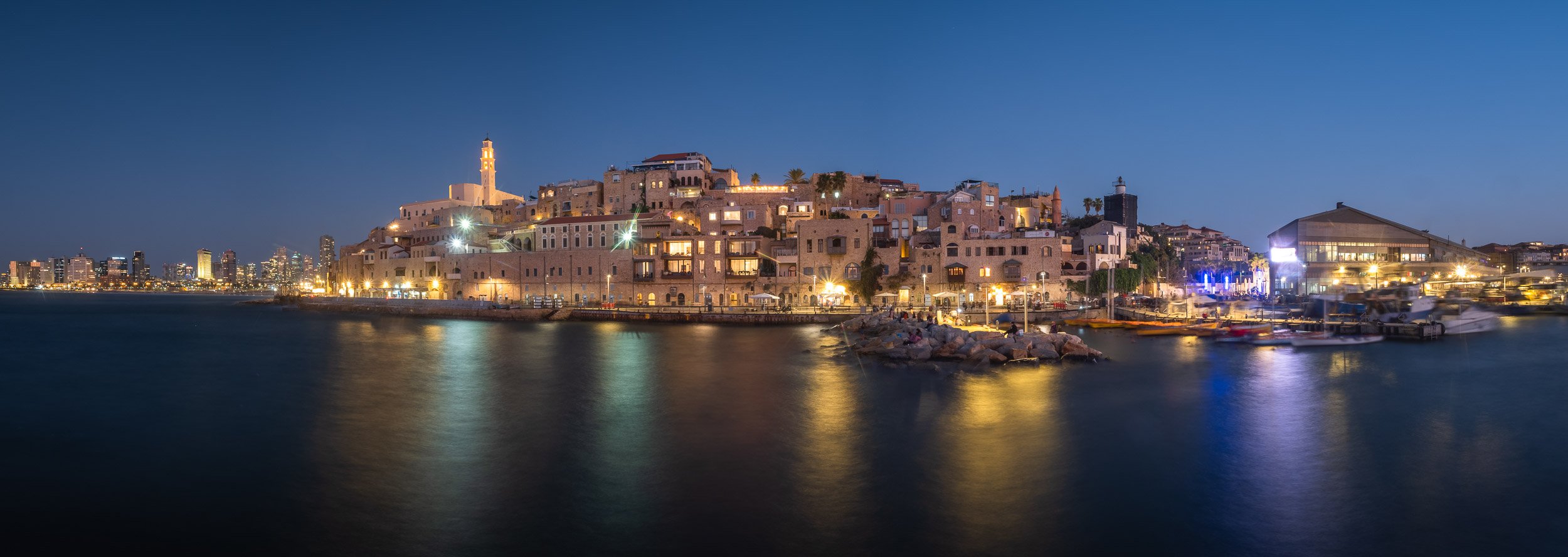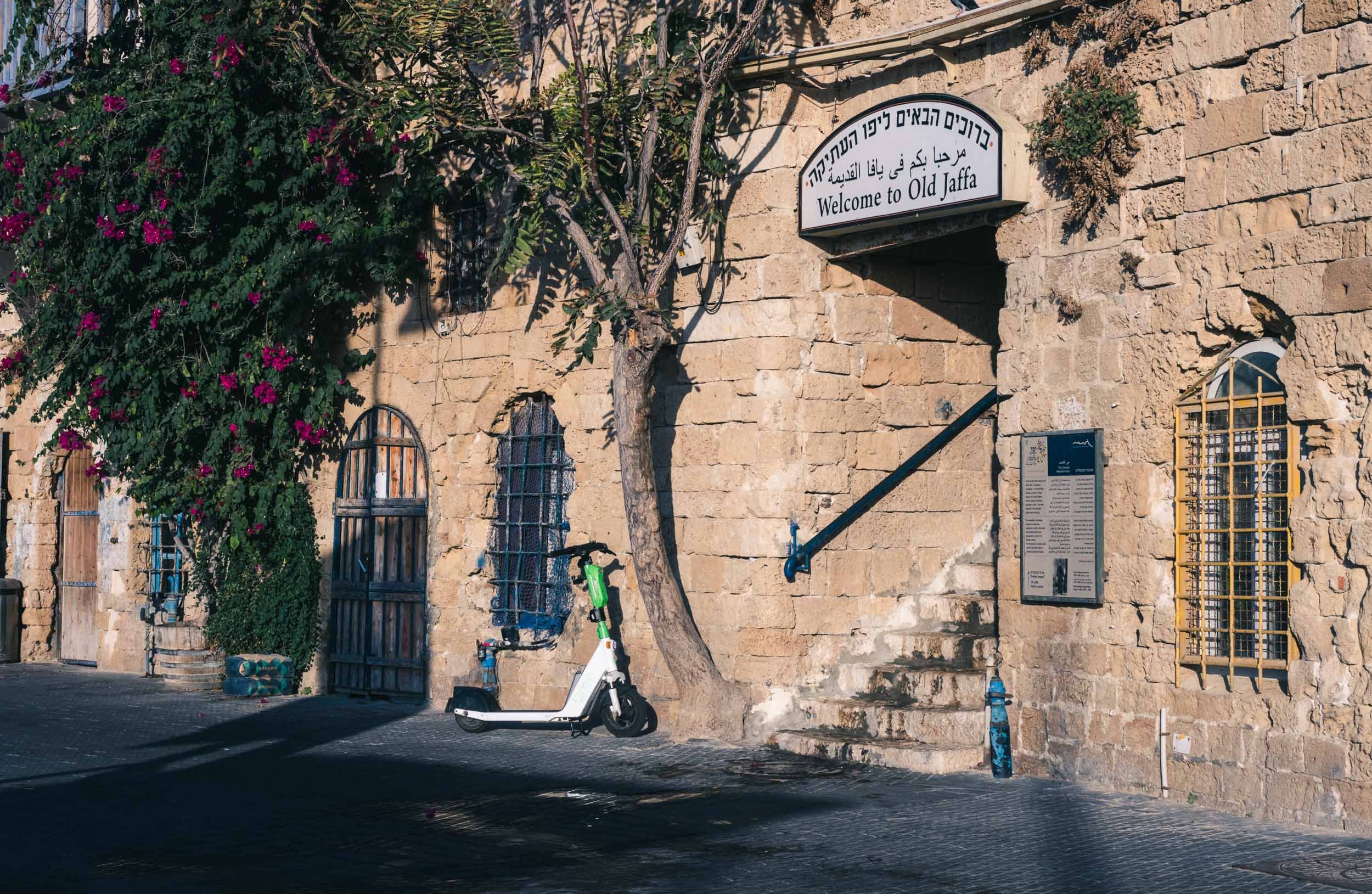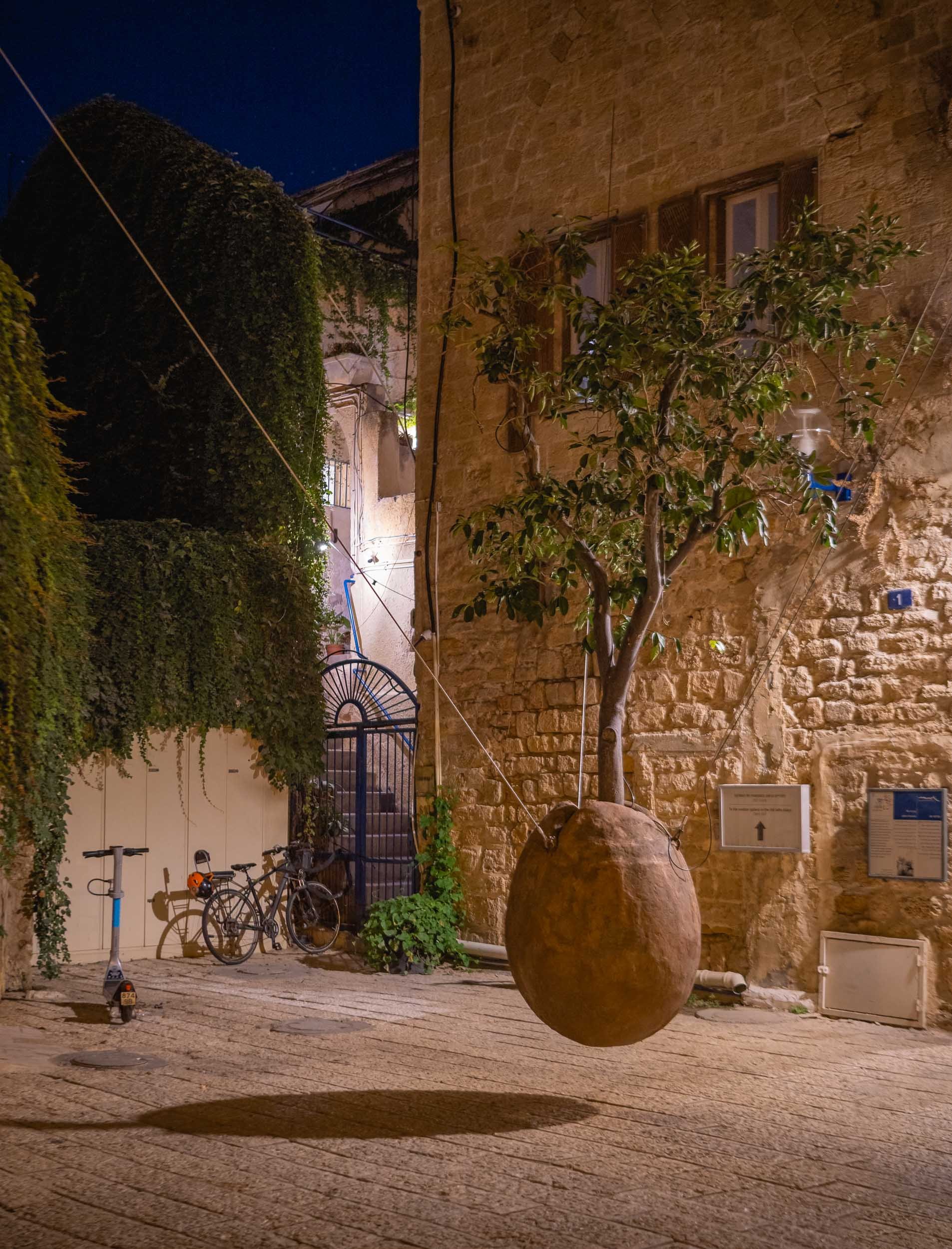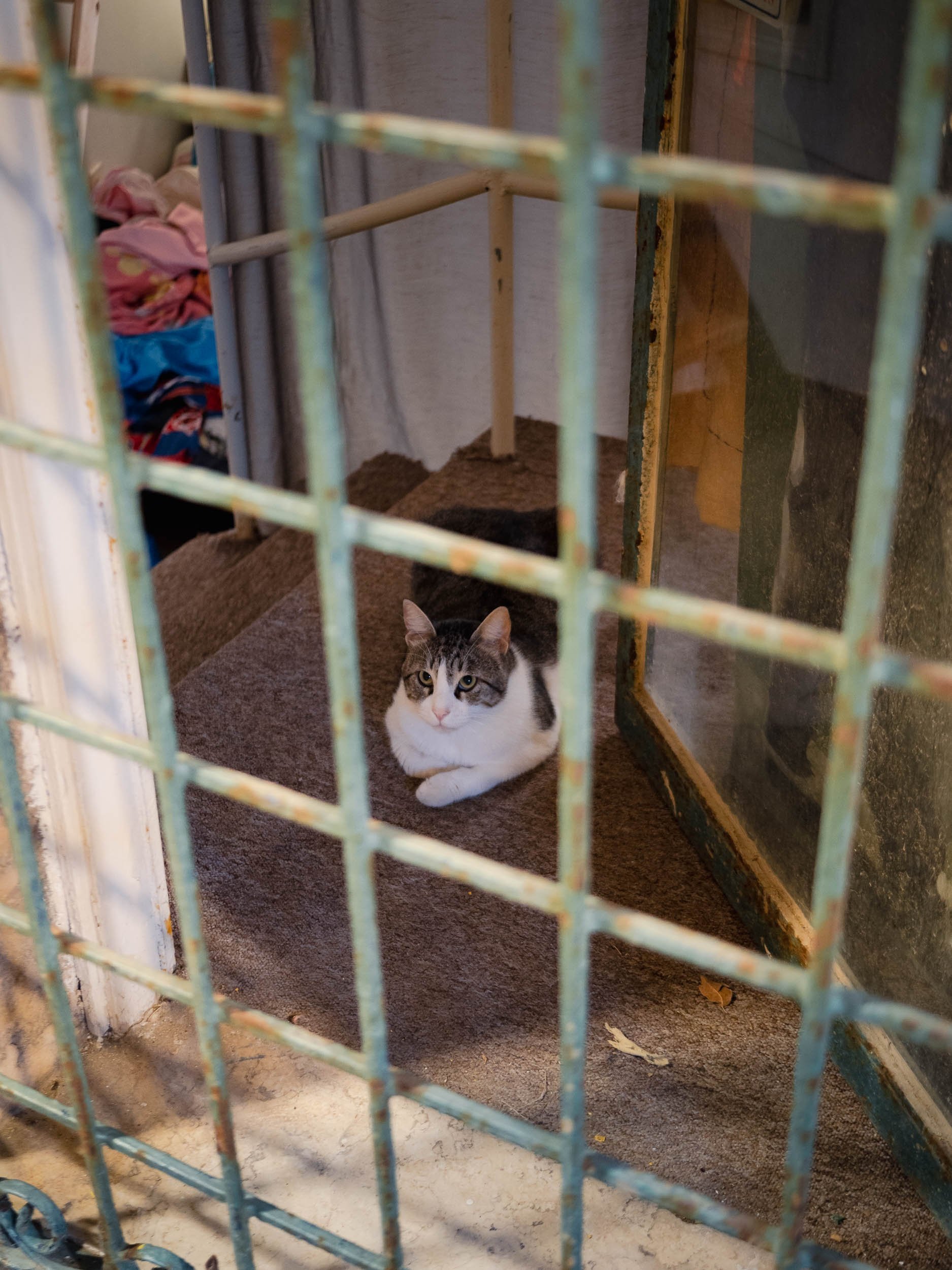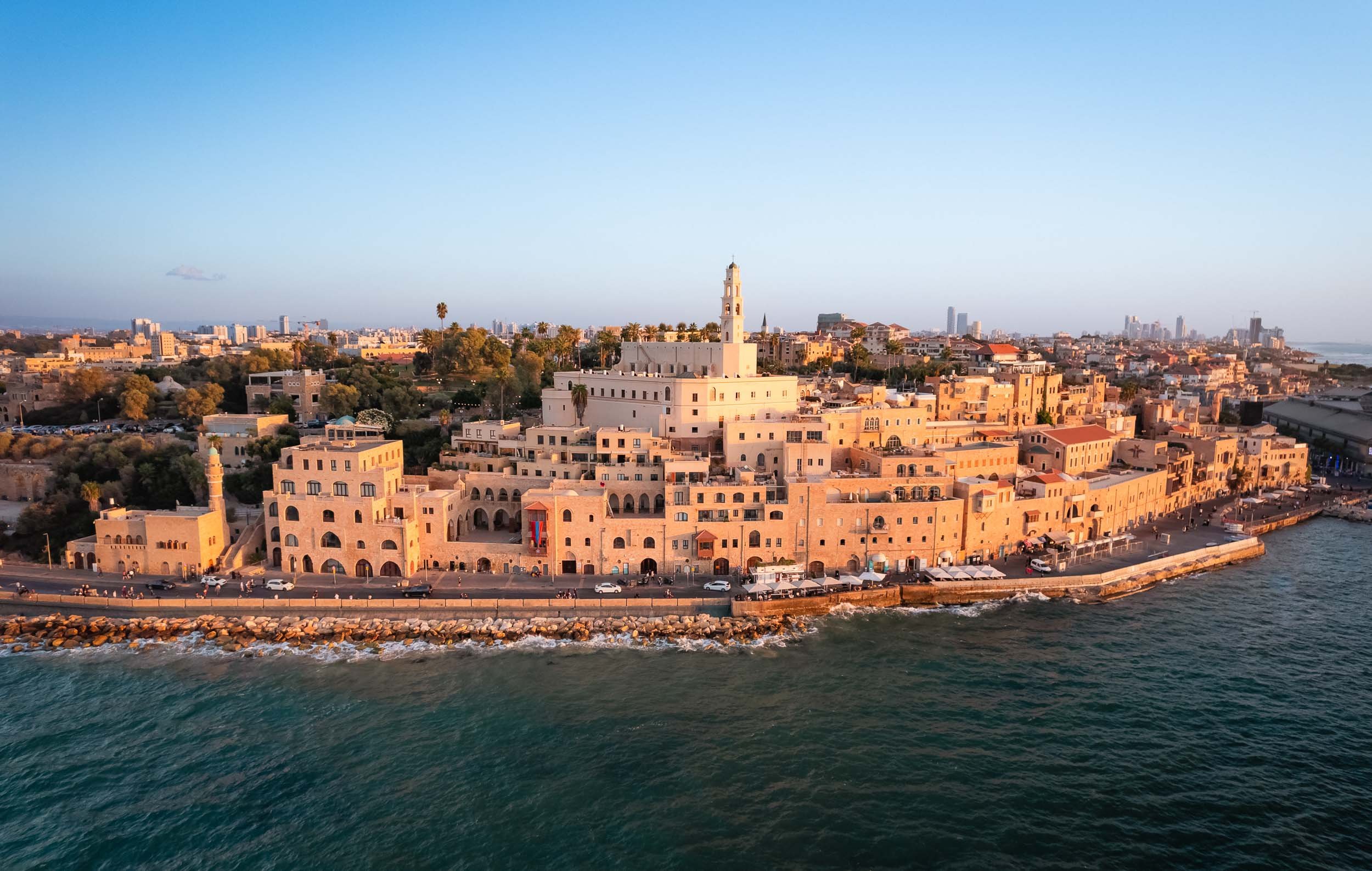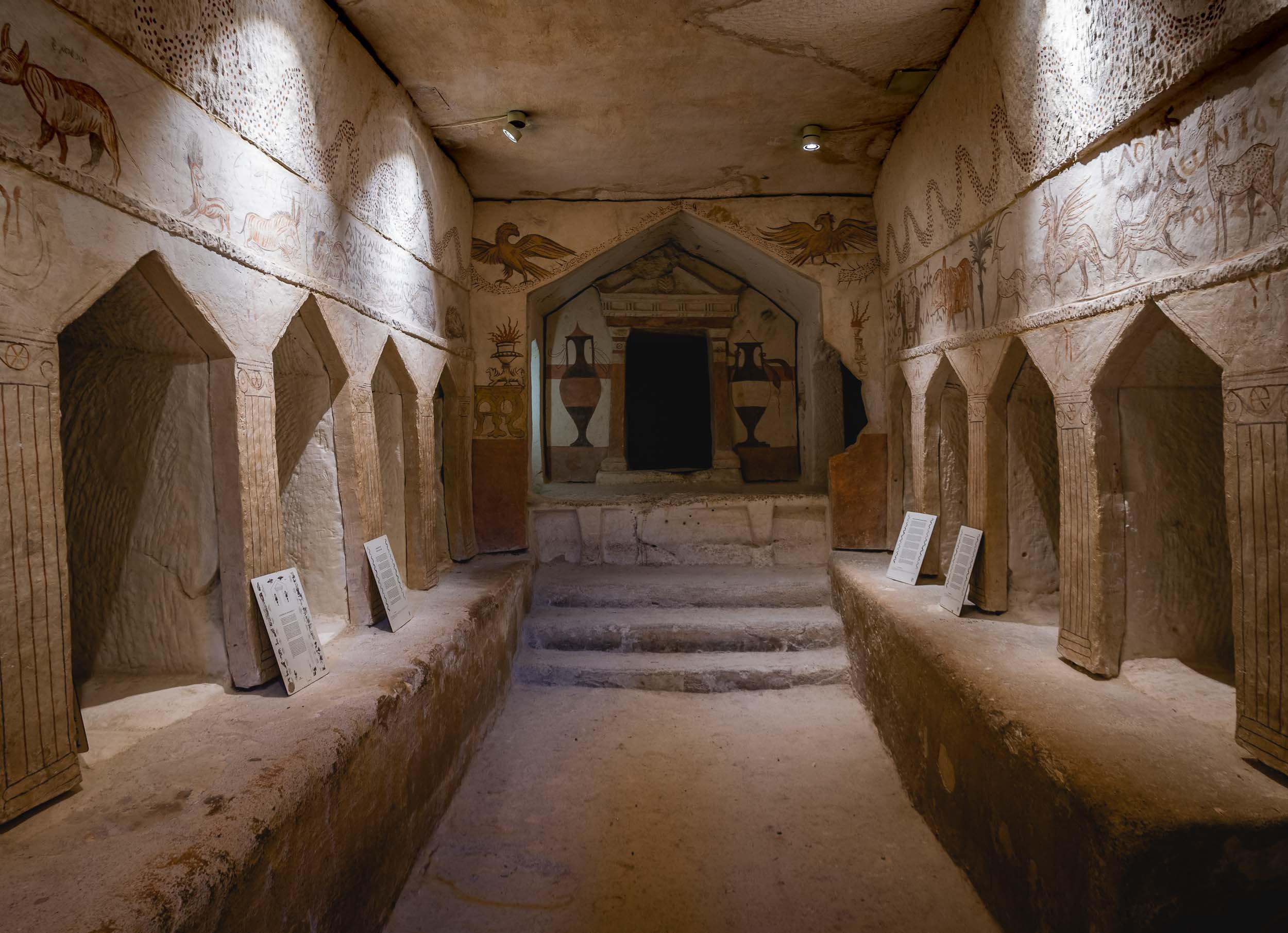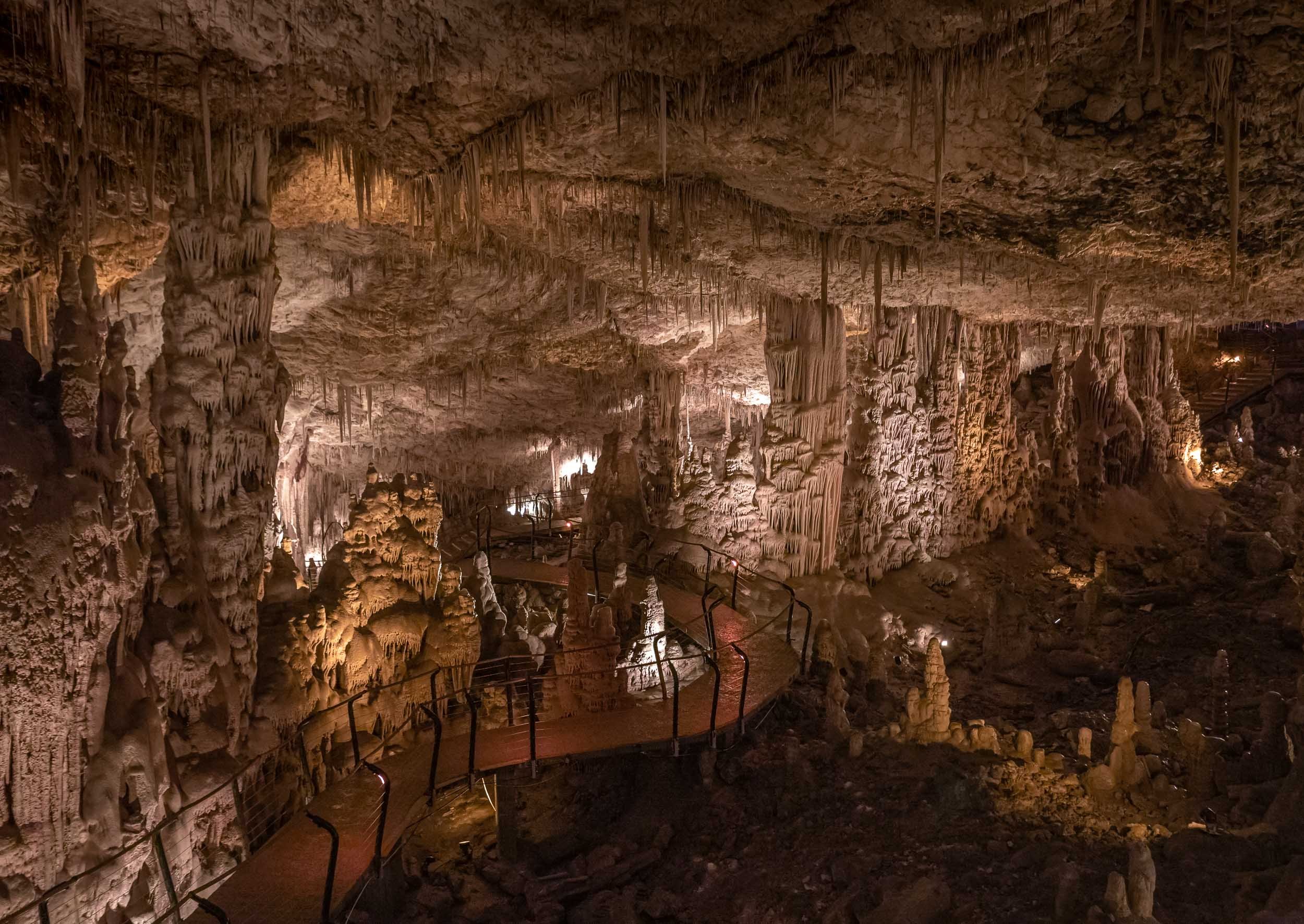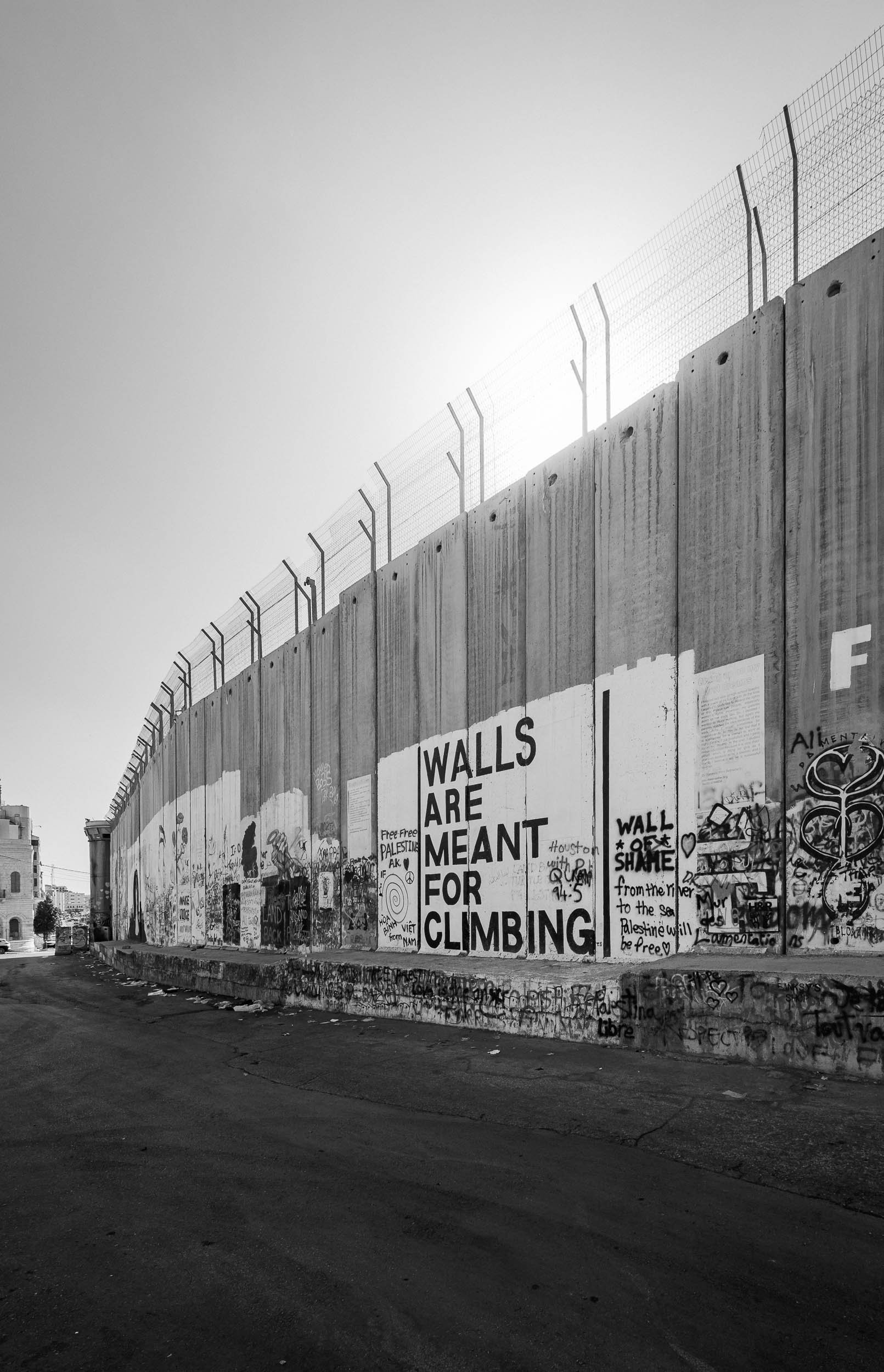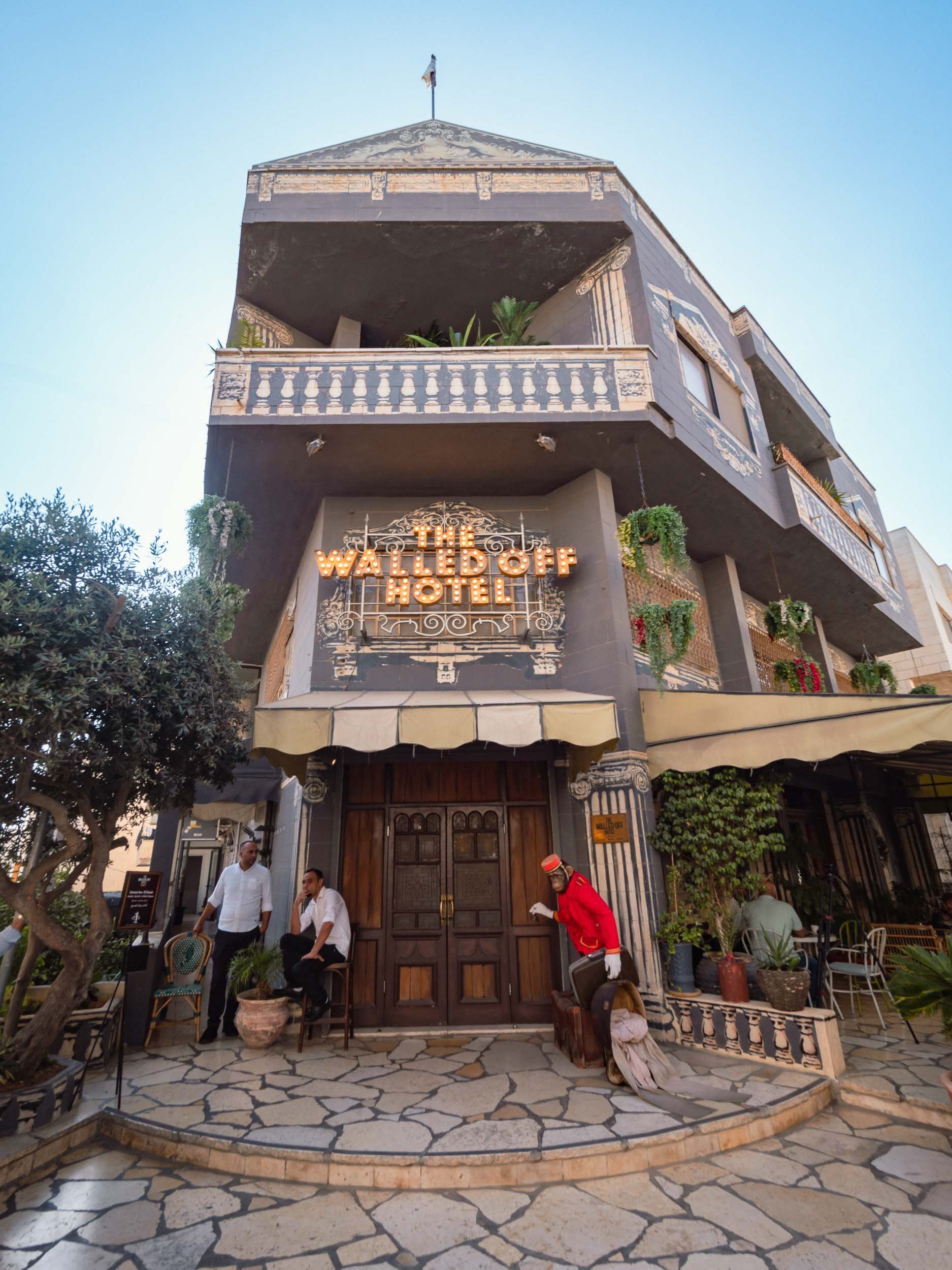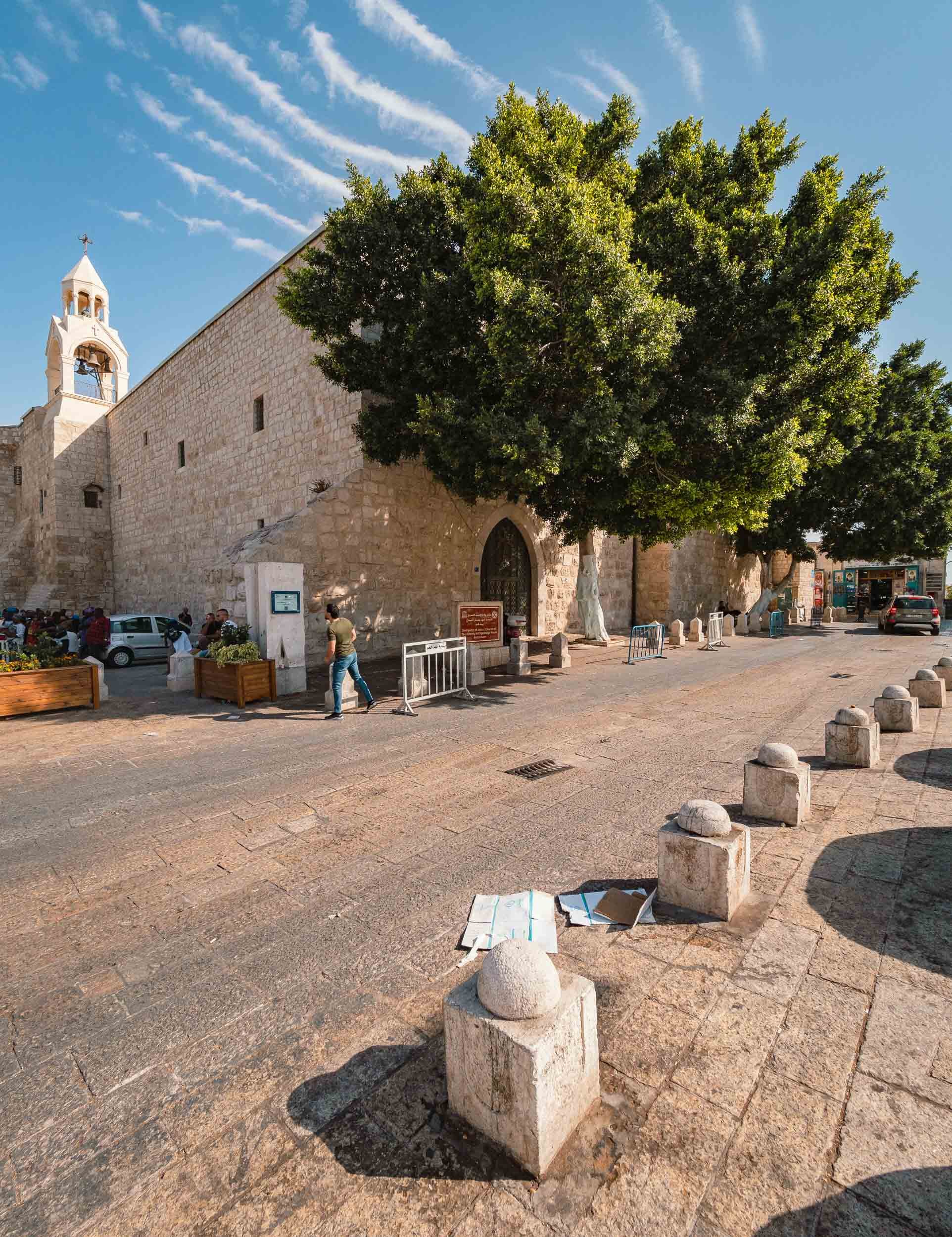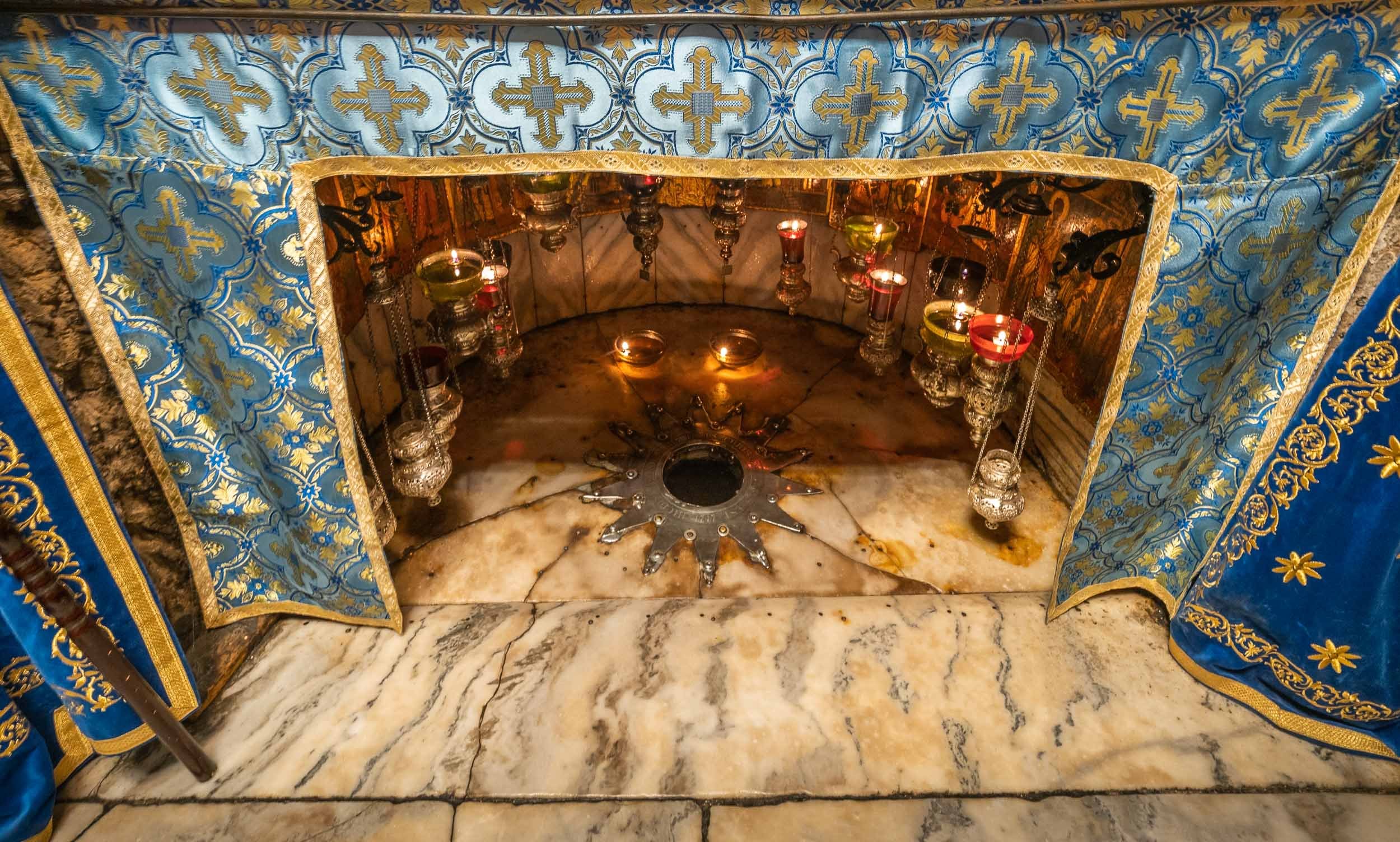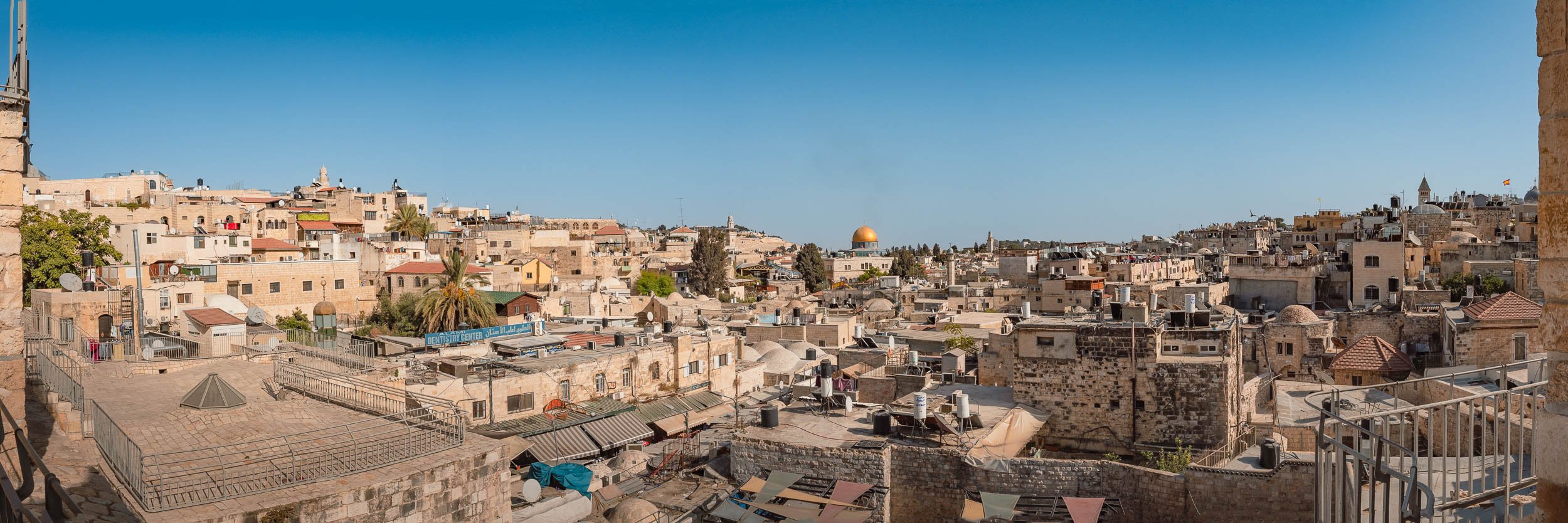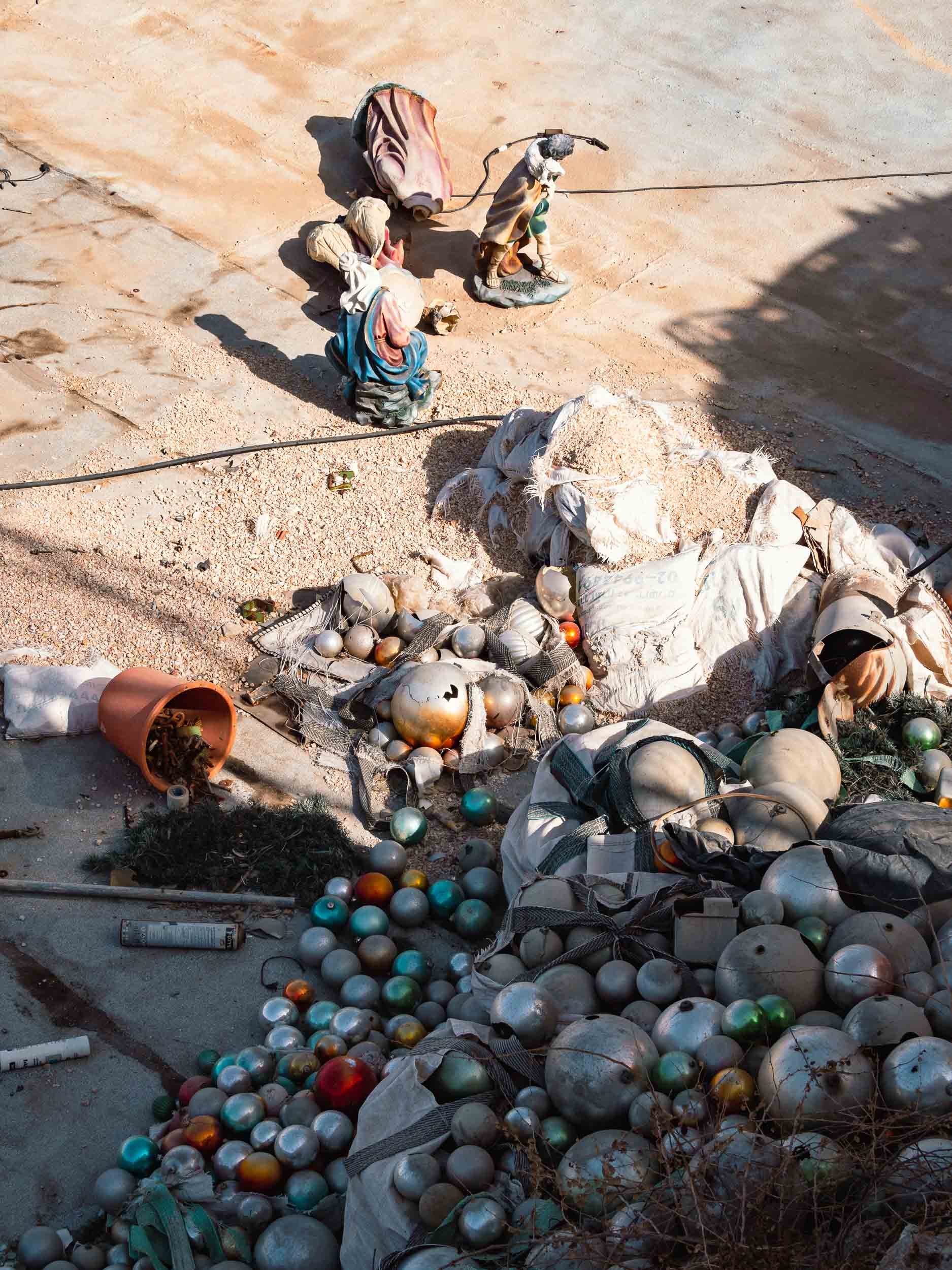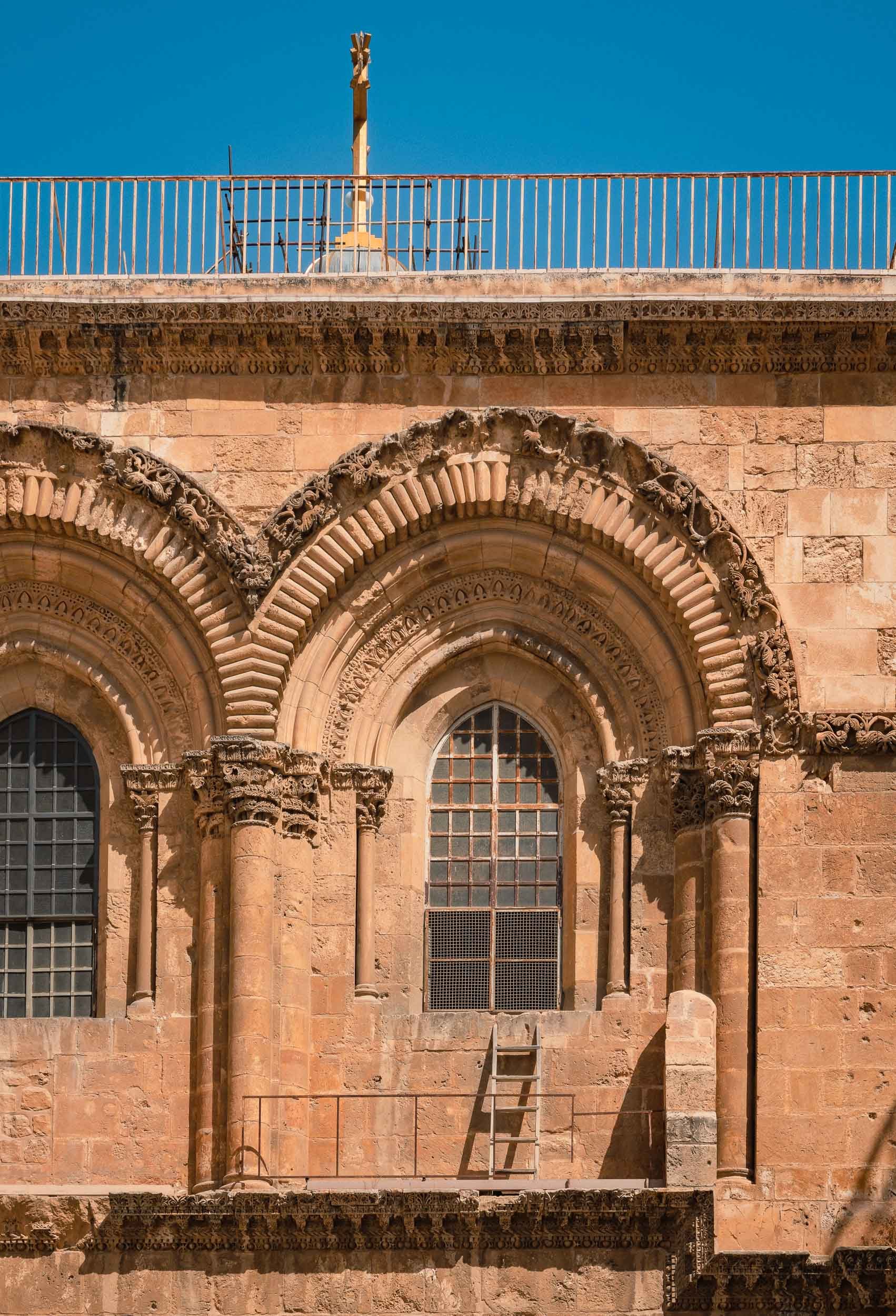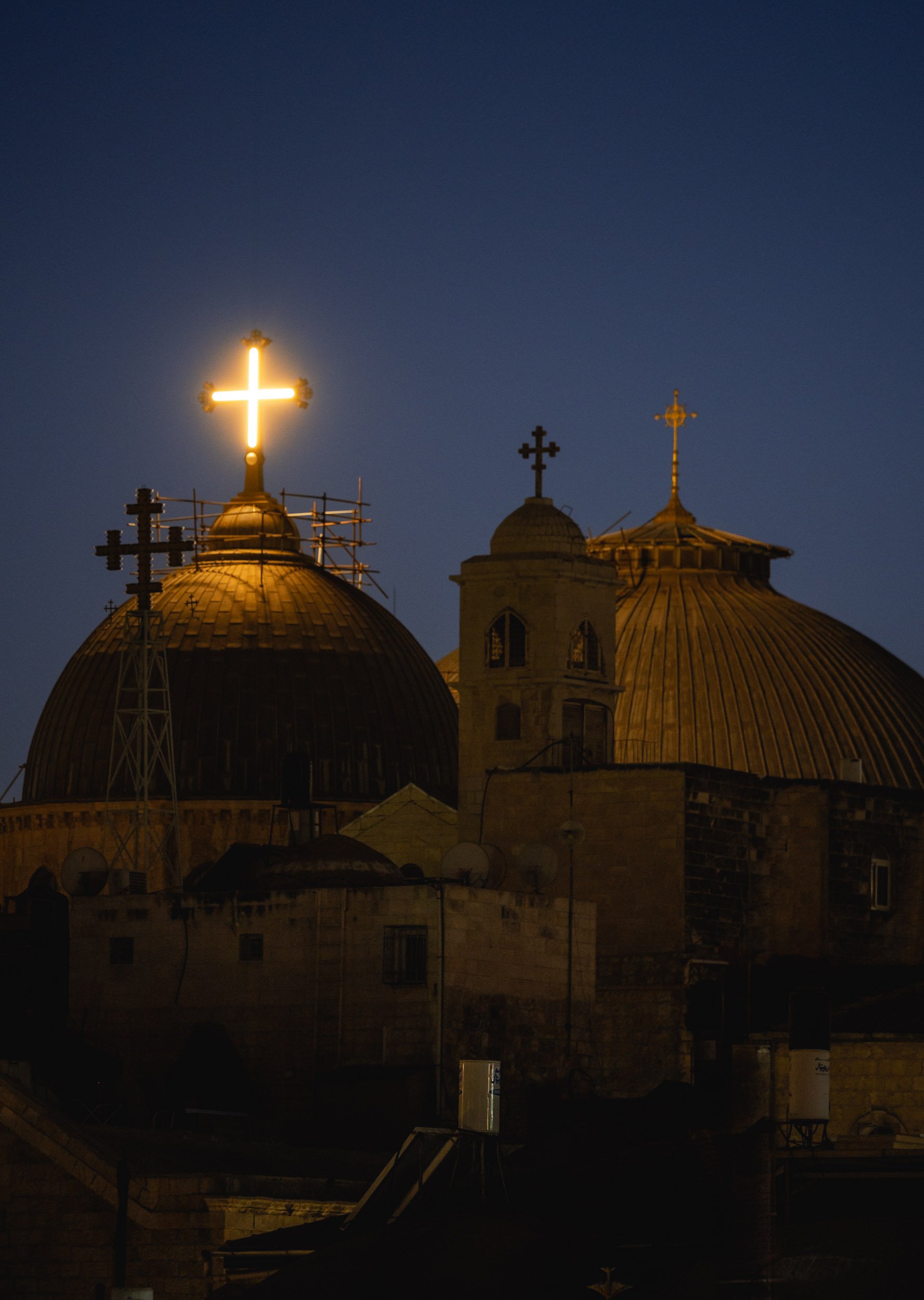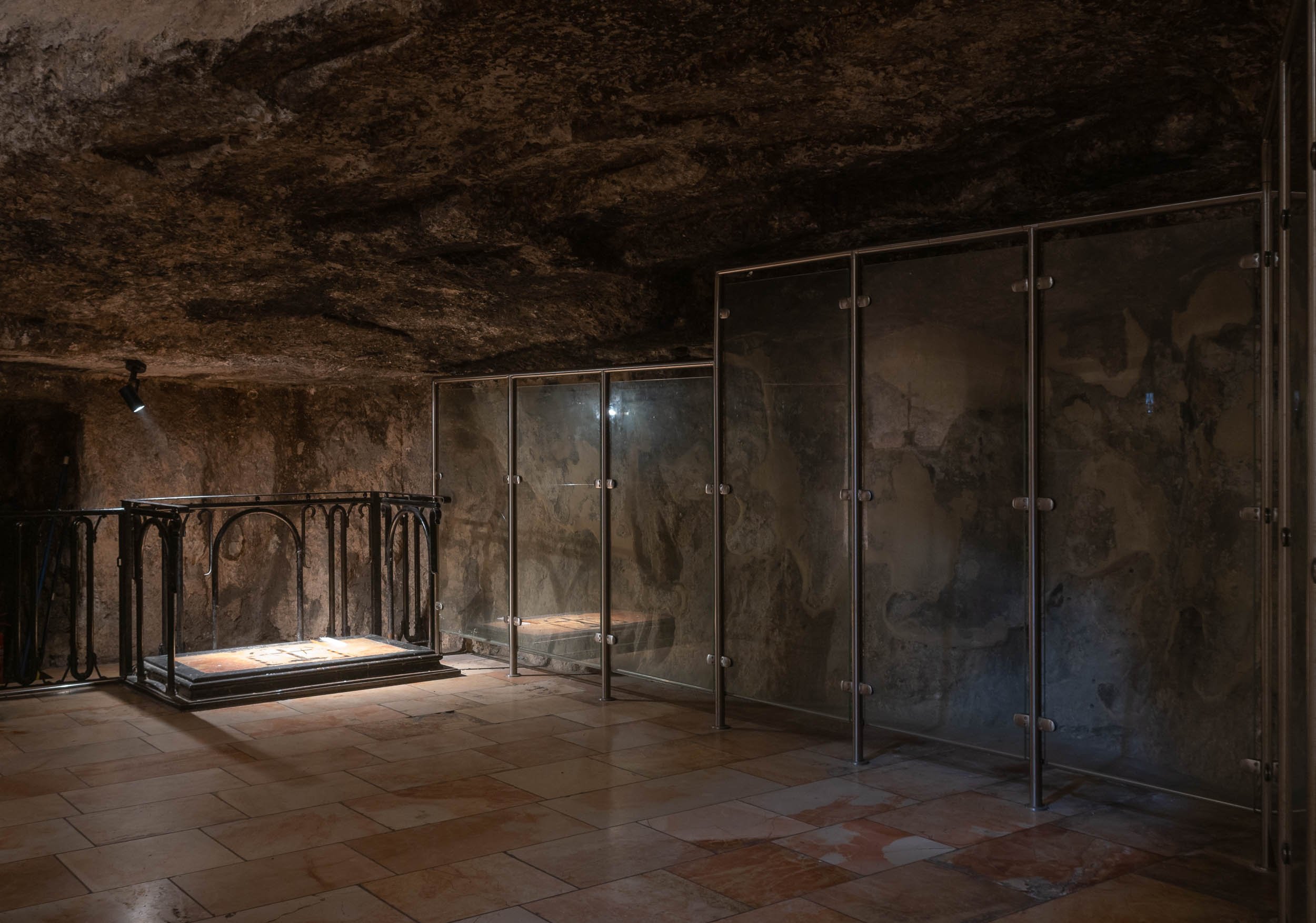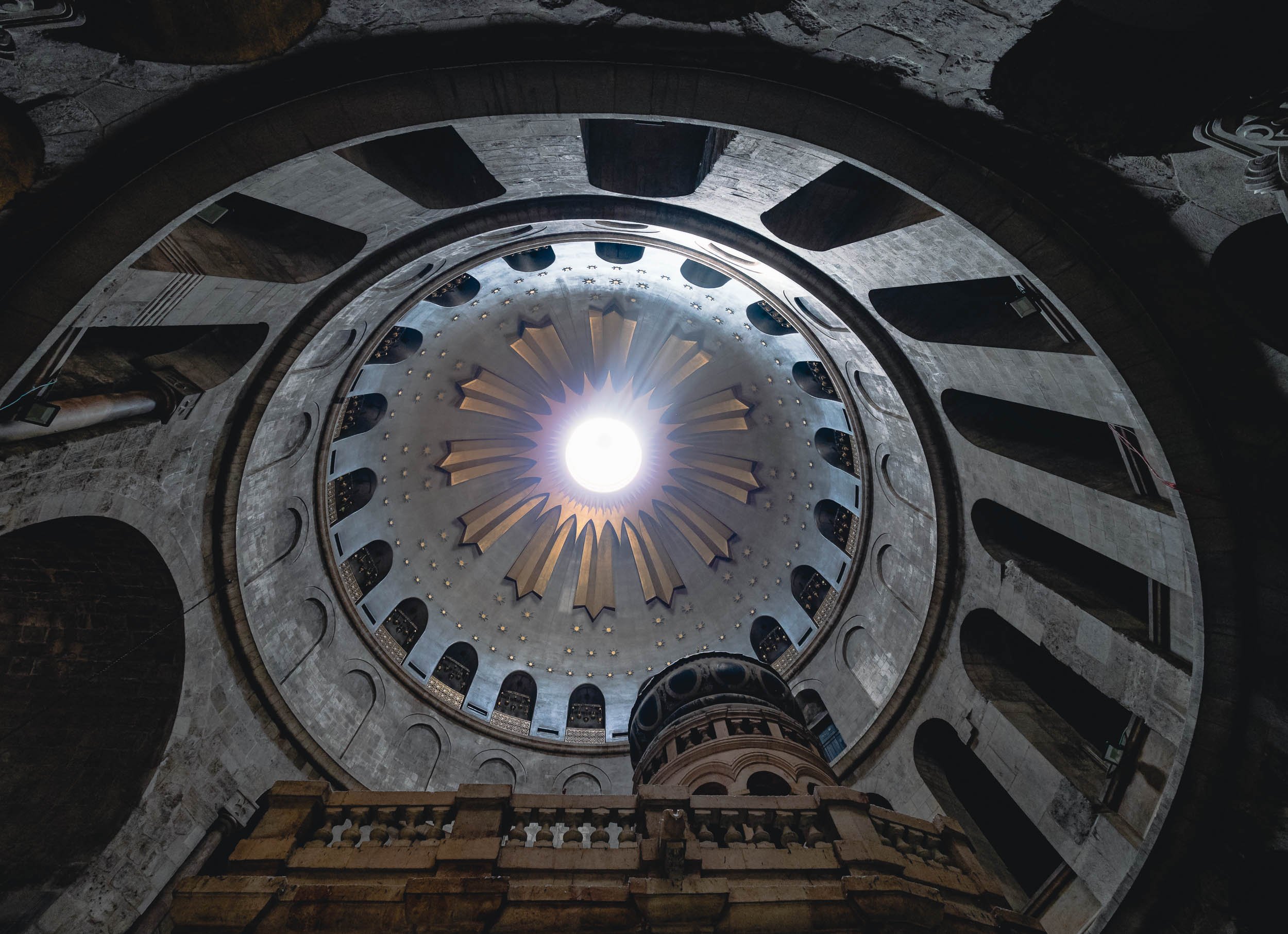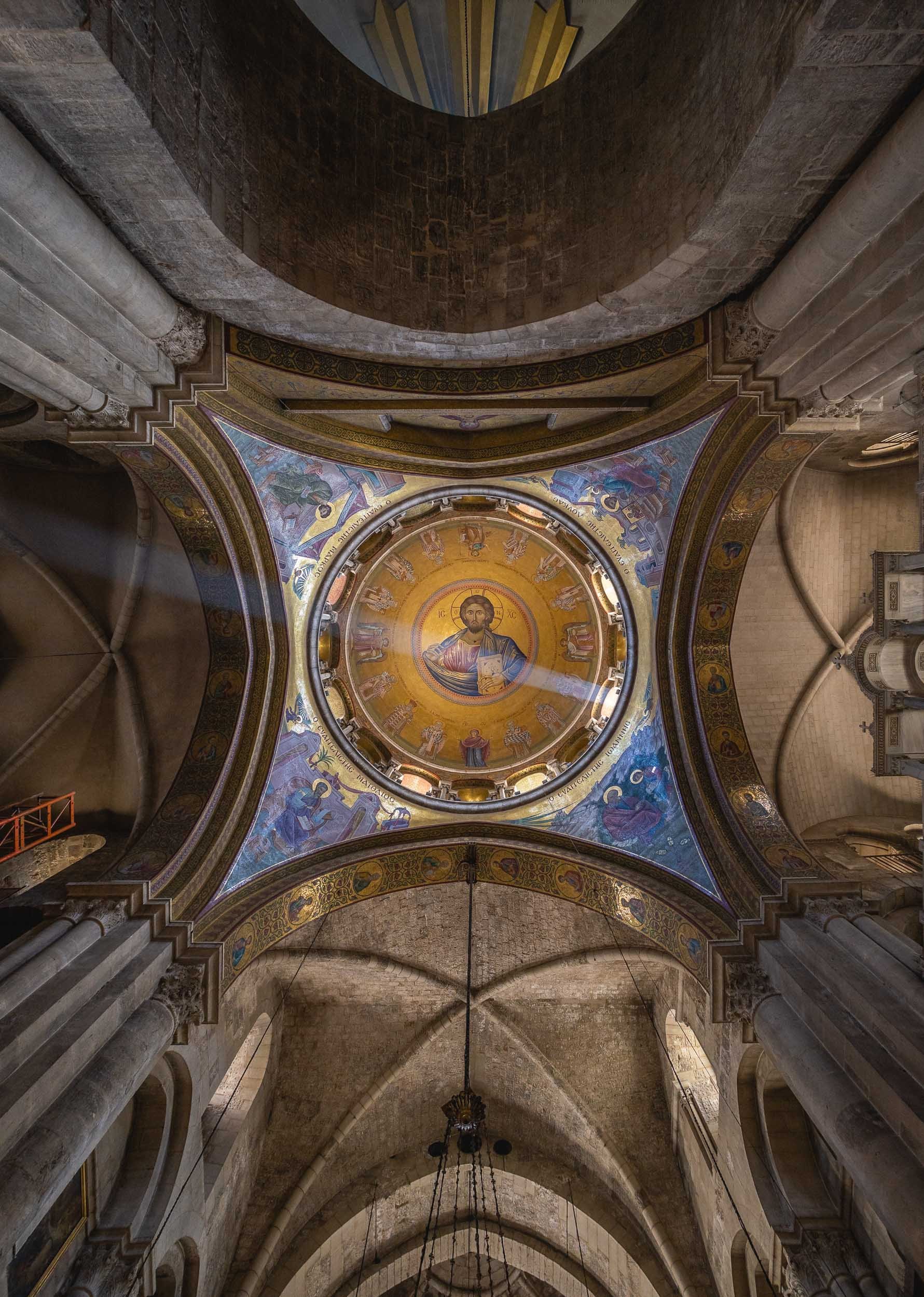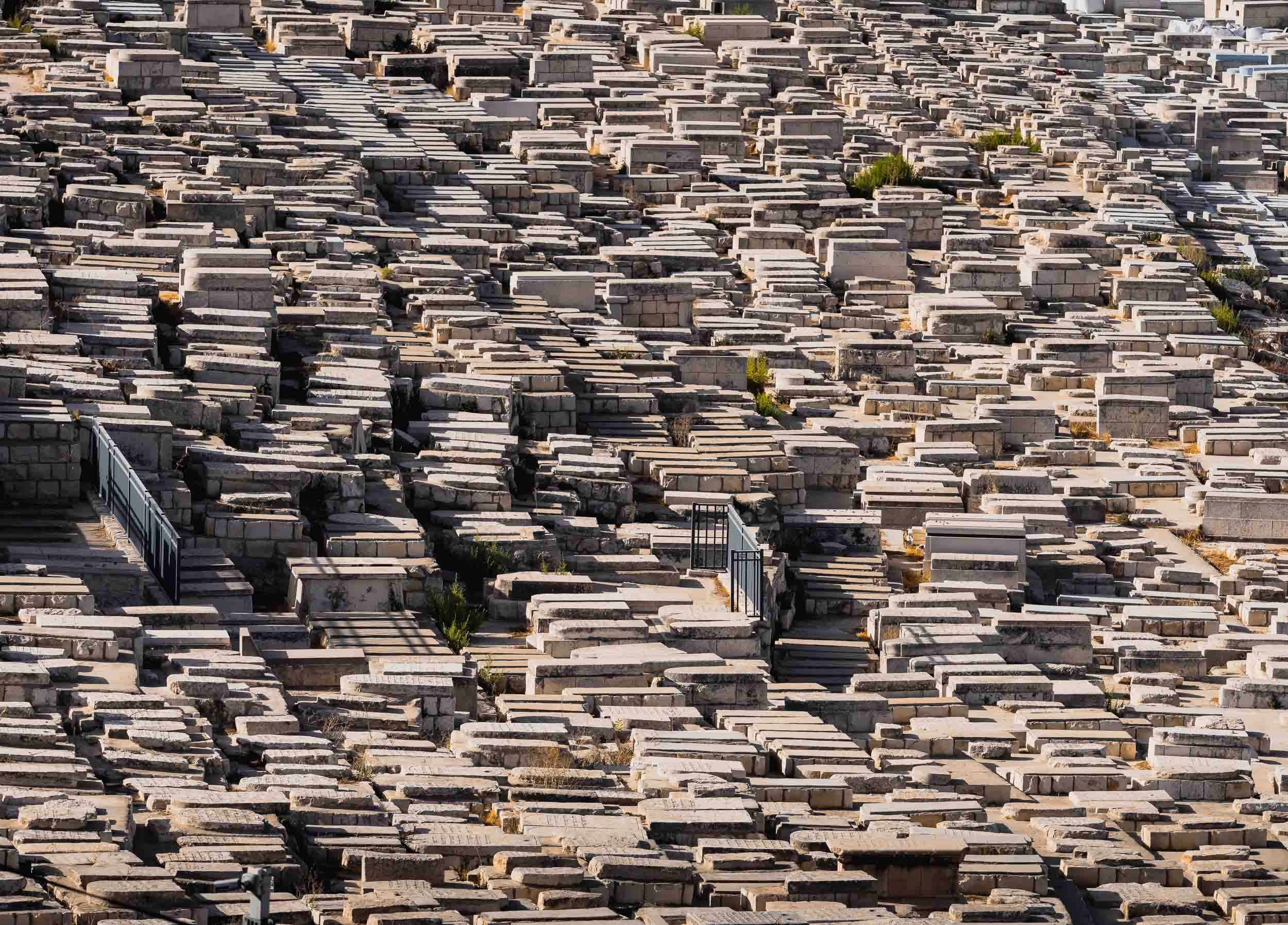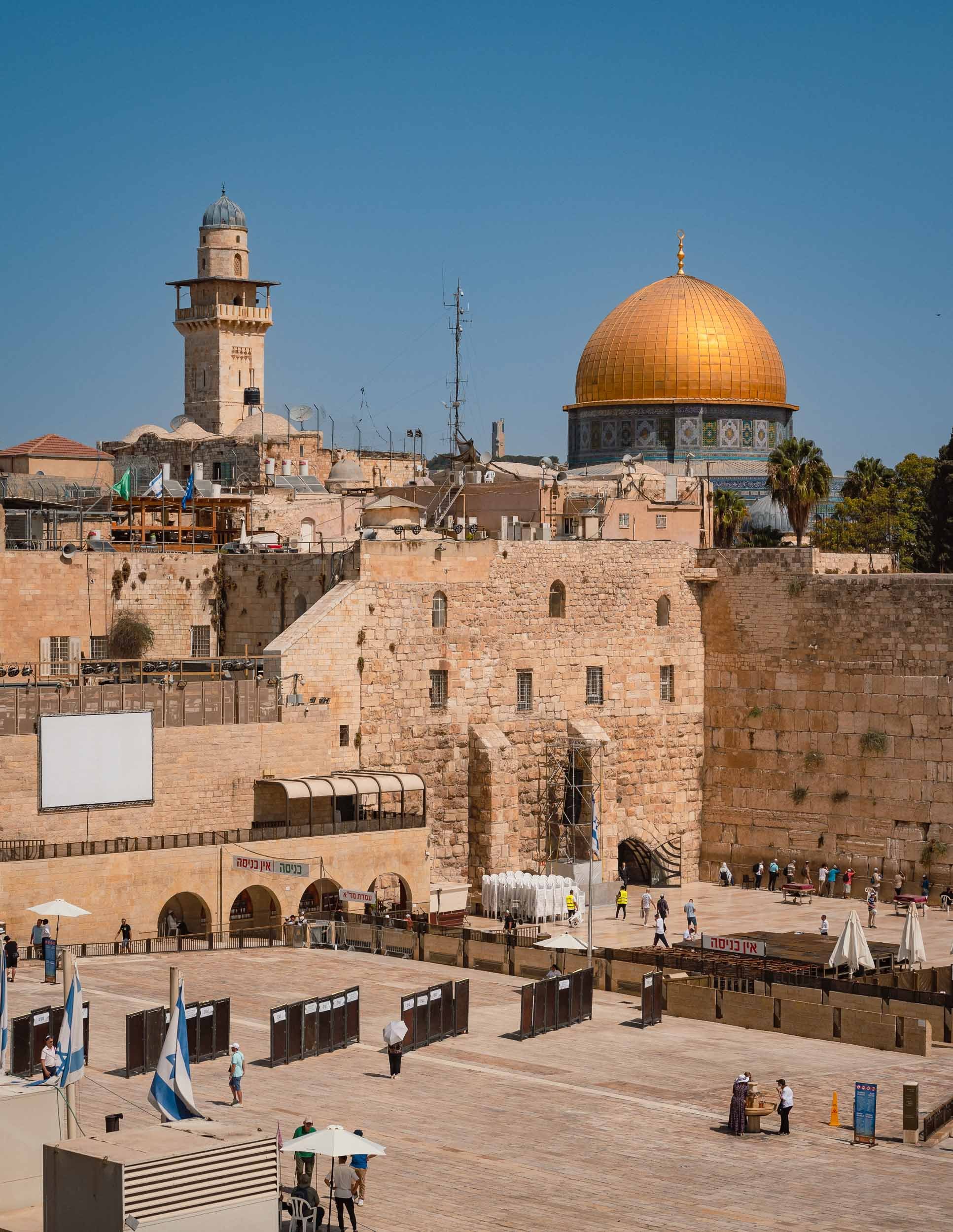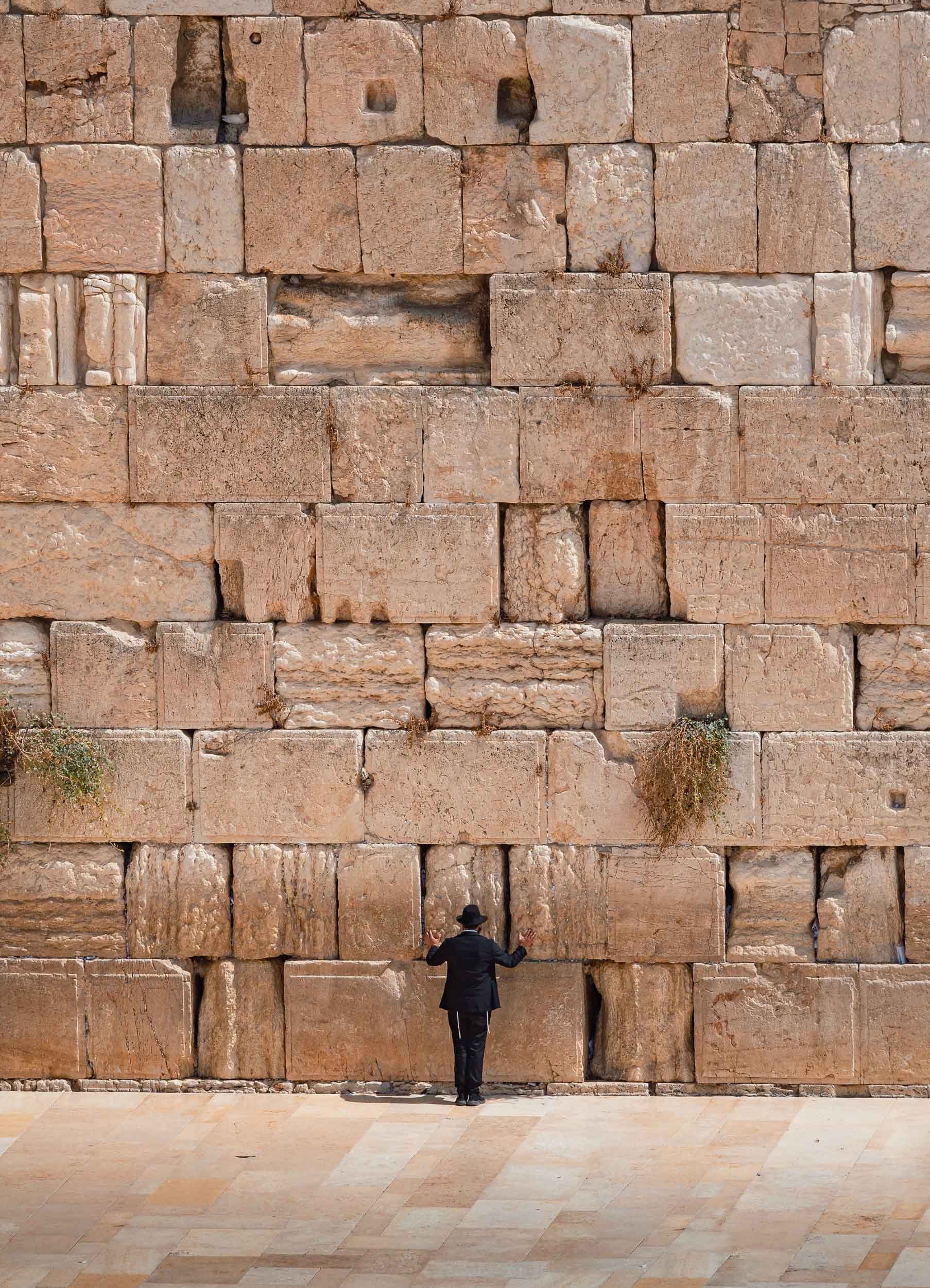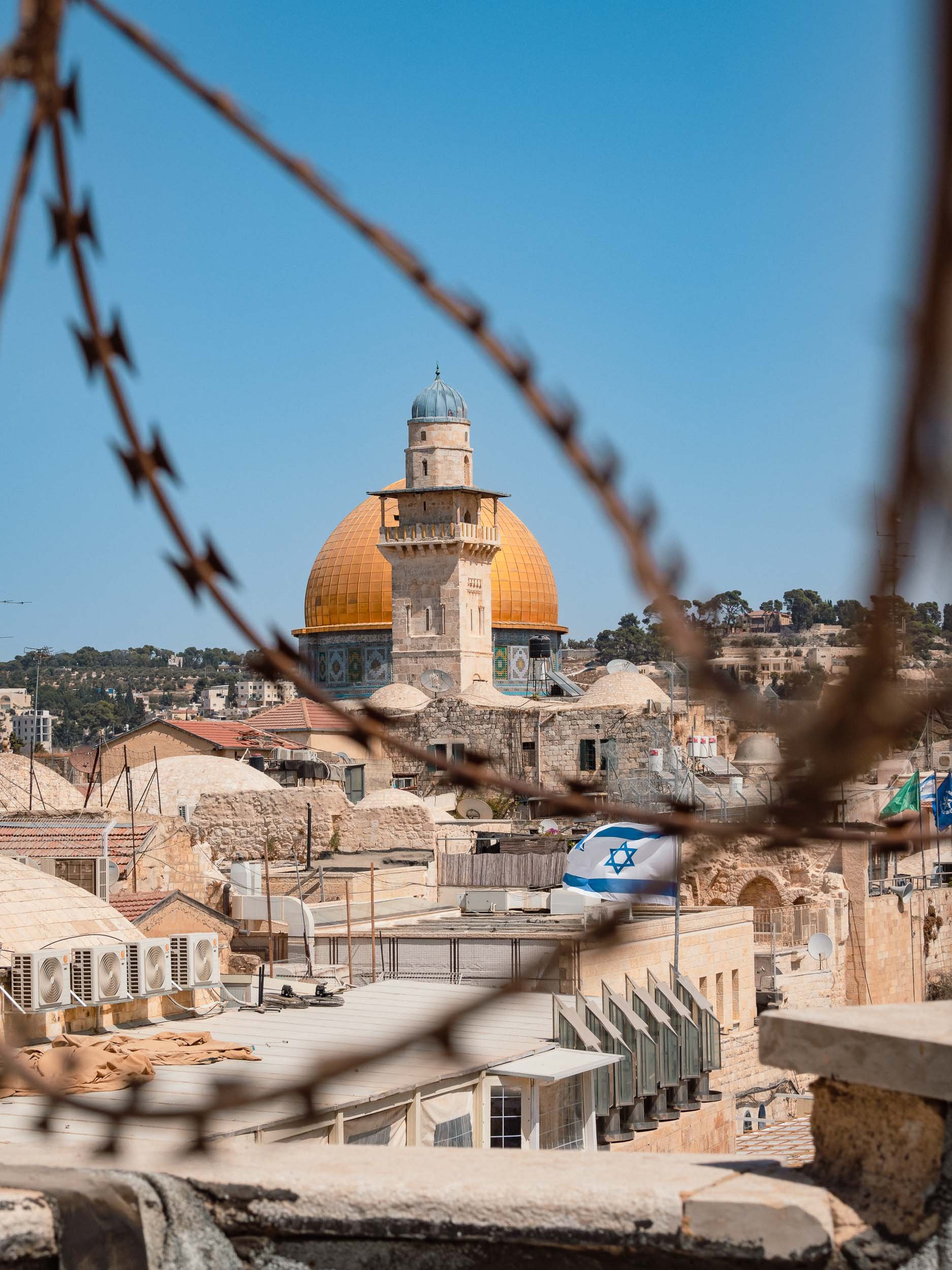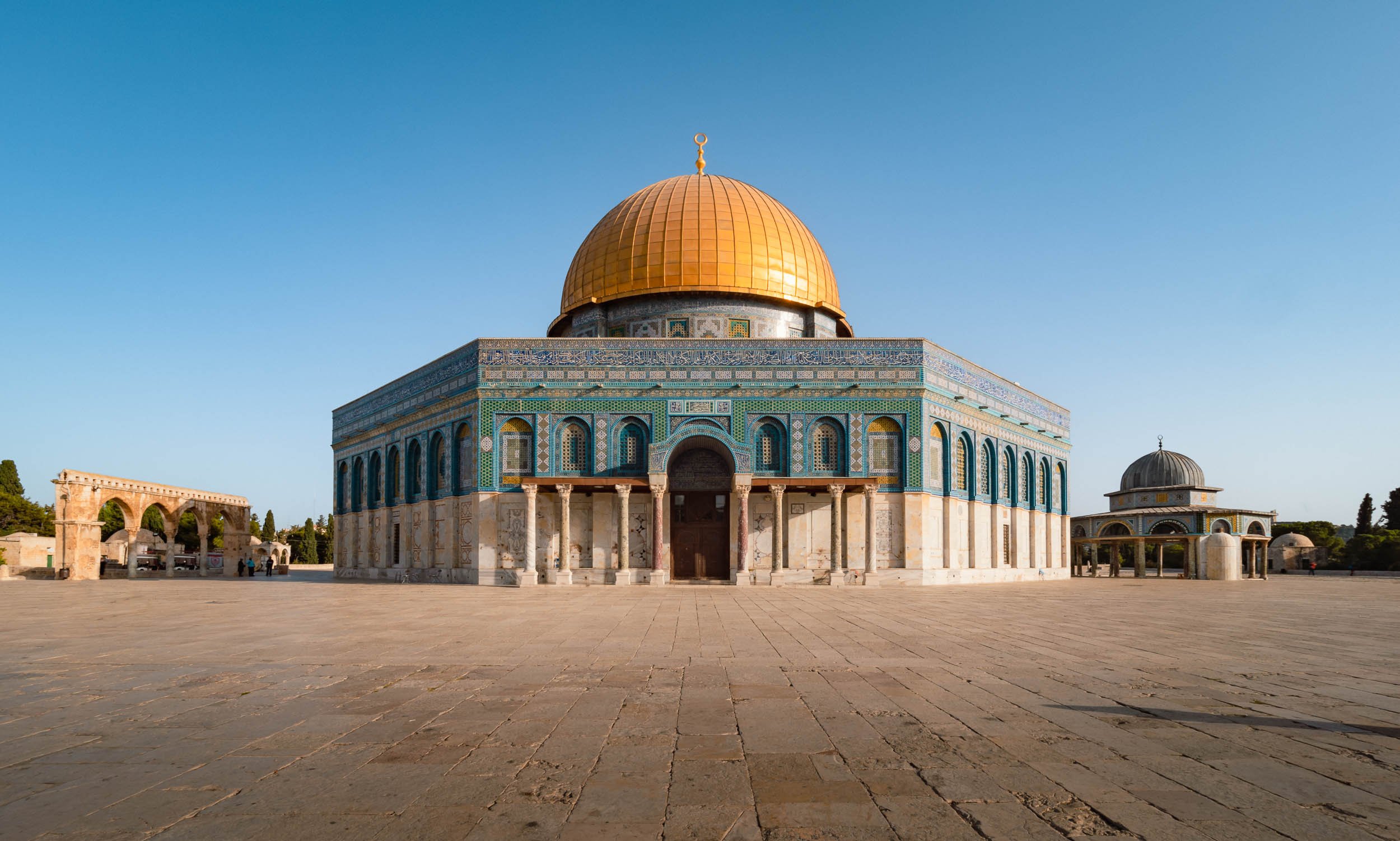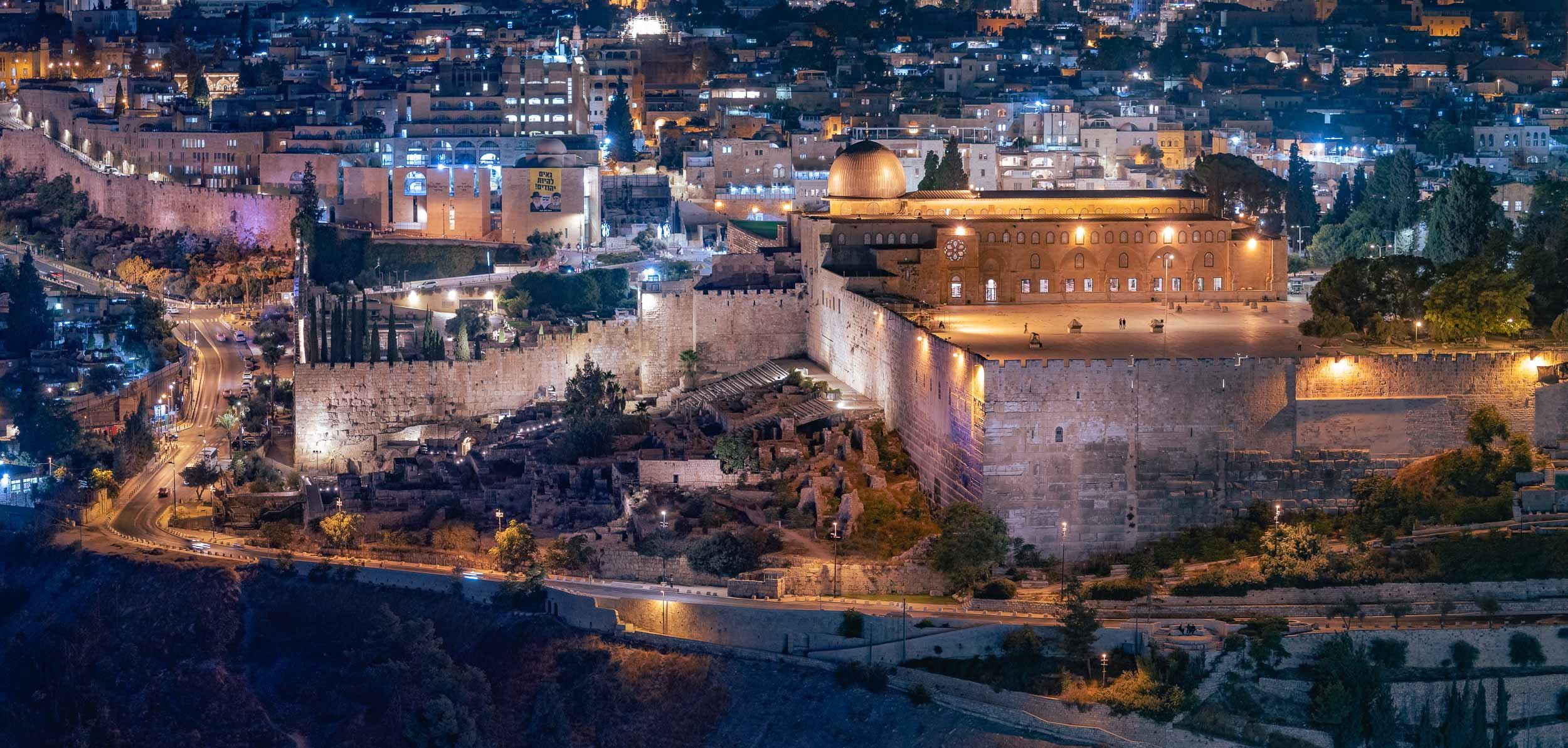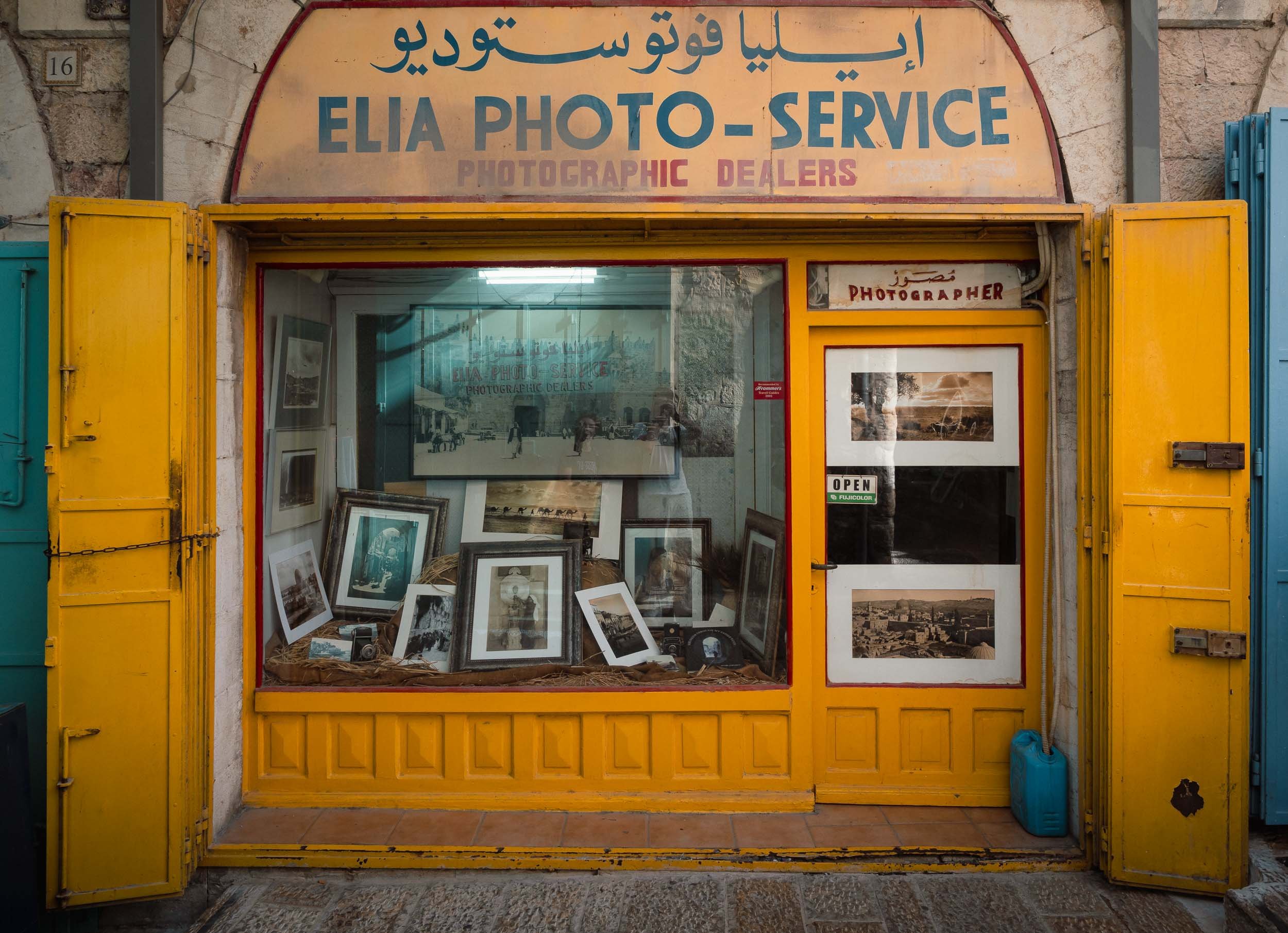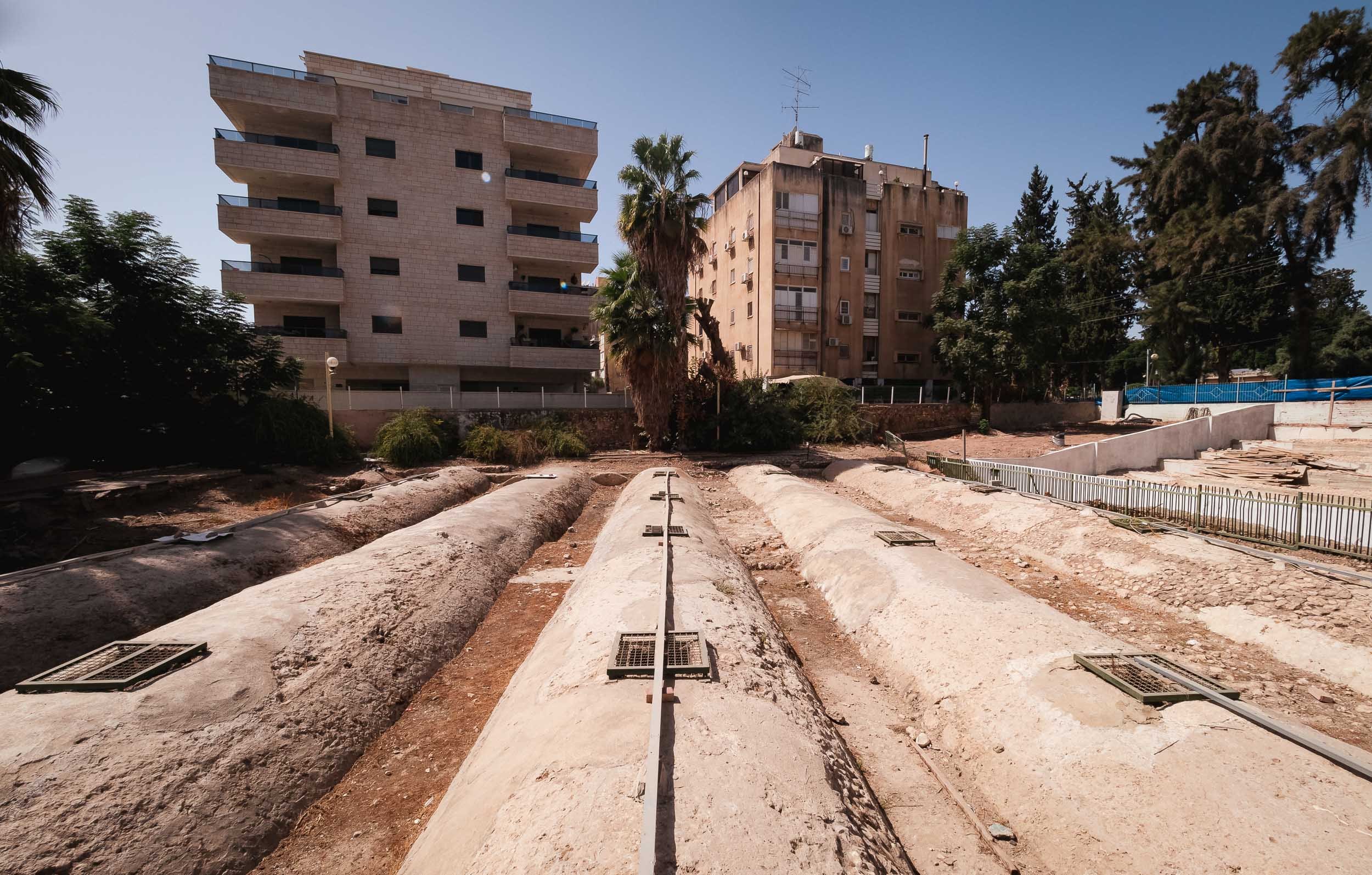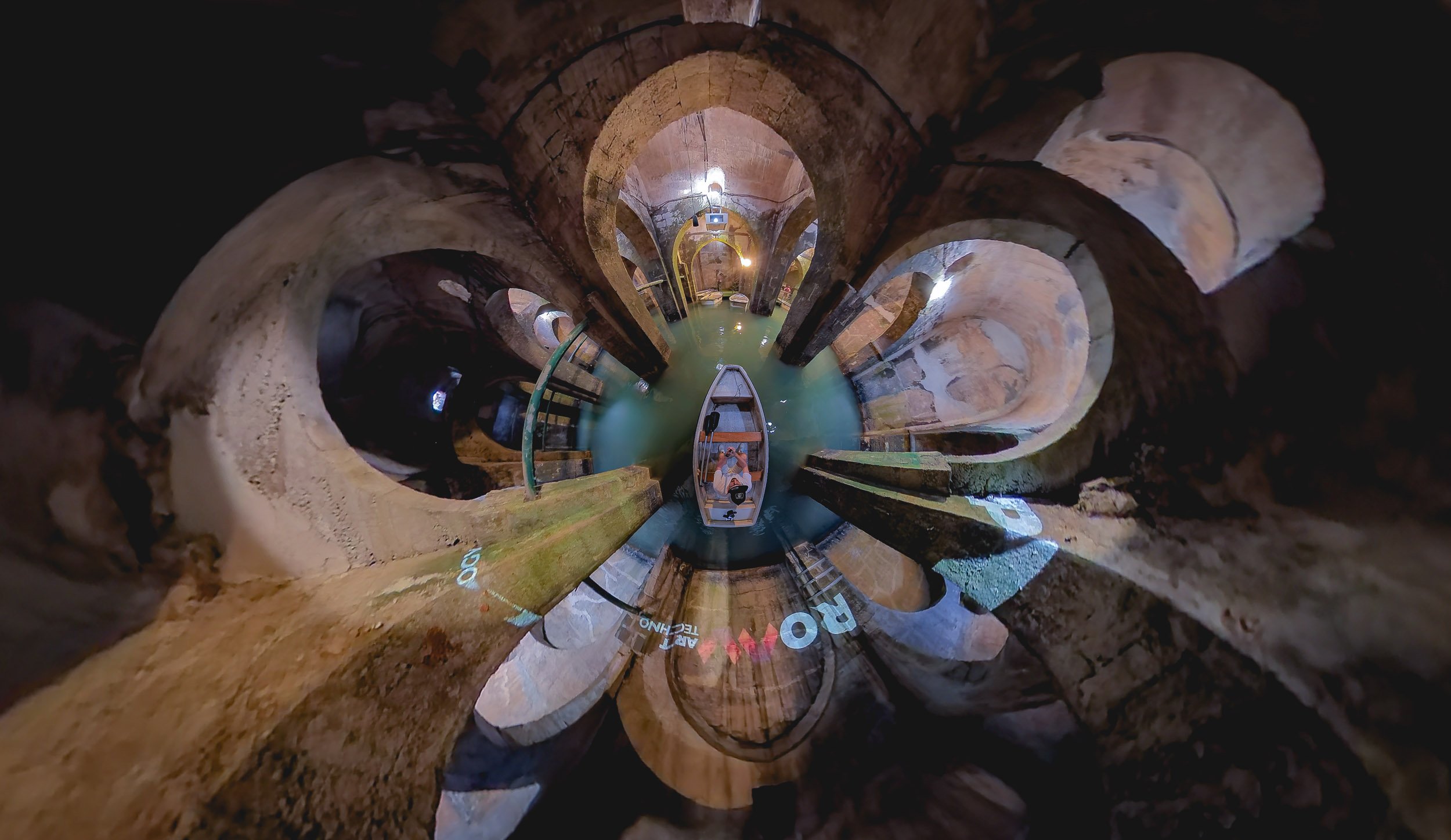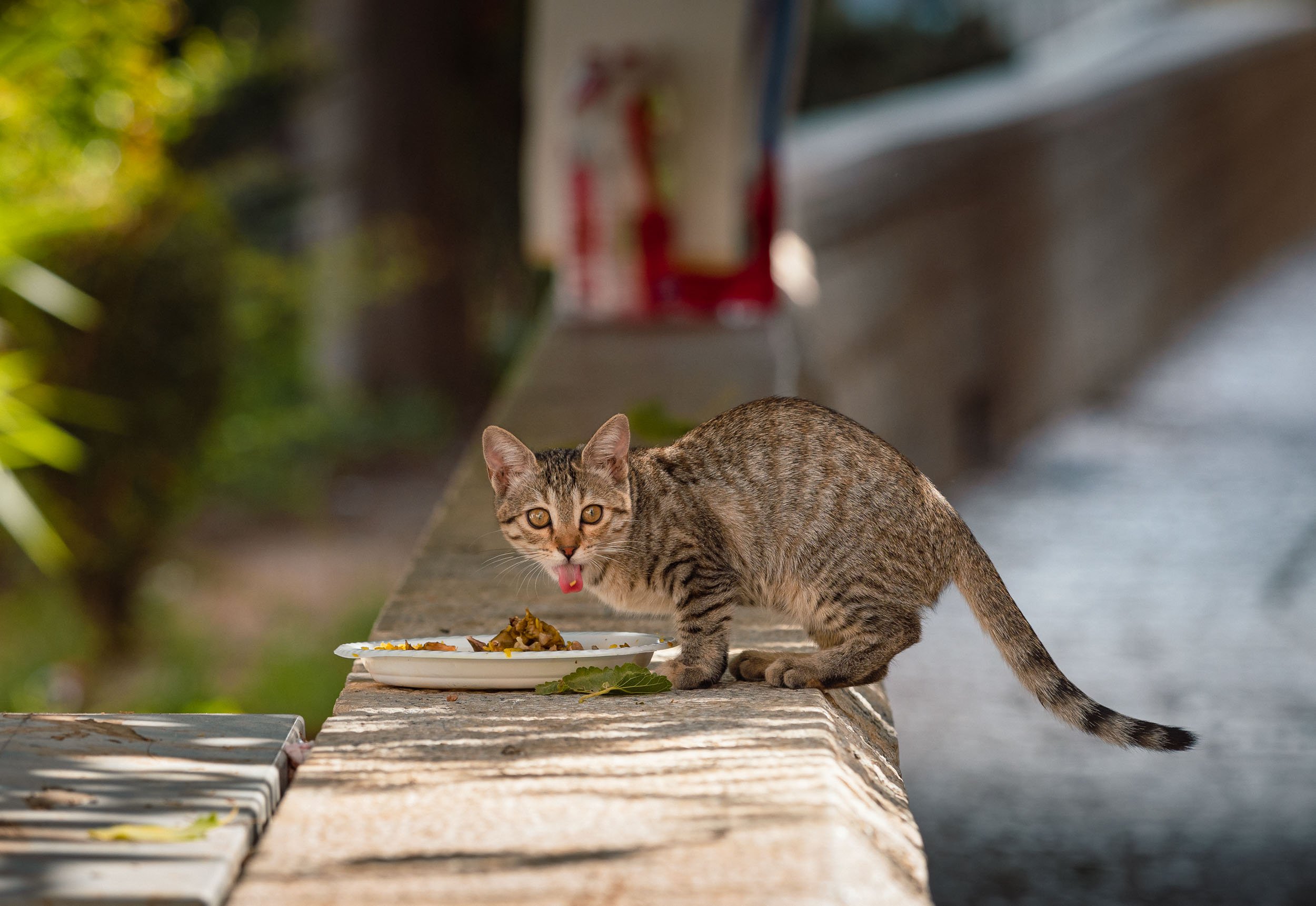Palestine & Israel - Complex History, Present, and Future
Politically tense. Historically significant. Shaped by religion. Naturally beautiful. Developed in contrast. The region that is today shared one way or the other - depending on who you ask - between Israel and Palestine is all of those things and many more. Having spent close to a week between Tel Aviv, Jerusalem, and the surrounding areas, I feel like I barely scratched the surface.
Tel Aviv
The economic centre of the region with the largest per capita economy in the Middle East, and also the highest cost of living in the world as of 2021.
The Museum of Modern Art
While the city’s diverse architecture features many interesting corners, this building was definitely among my favorites.
The inside is no less intriguing.
The Museum features works by Klimt, Van Gogh, Monet, and also the intriguing Miniature Rooms by Helena Rubinstein.
Jaffa - The Real Roots
Tel Aviv in its current form is just over 100 years old, but the real roots of the city lie in Jaffa to the south.
Beit Guvrin-Maresha National Park - Jewish, Roman, Byzantin, and in Between.
About an hour south-east of Tel Aviv lies the next stop on our route. This UNESCO World Heritage Site was full of surprising archaeological excavations, starting with a group of huge bell caves, some of them over 18m tall, airy, and used over 1000 years ago to extract chalkstone from the ground for construction.
Additional caves acted as living quarters and baths, many of them interconnected via stairs and tunnels.
The site is also home to a Roman amphitheater built in the second century and uncovered in the 1990s.
The Stalactite Cave
A few kilometres north of the park is the Stalactite Nature Reserved, situated around several quarries which were the reason for the discovery of this cave.
Betlehem - Into the West Bank
Before heading to Jerusalem, the trip took a small detour into the only area we visited that is not controlled by Israel as of today - the city of Betlehem. The experience of crossing the border (with no formal passport control) into a Palestinian territory encompasses a walk through a prison-like corridor and passing several one-way metal barriers, before exiting into a completely different environment, with a huge concrete wall to your left and right.
The Church of the Nativity
Of course, for most people the primary reason to visit Betlehem isn’t the wall or Banky’s art, but the church built at the spot where Jesus is said to have been born, albeit over 300 years earlier than the church’s construction. The nativity cave itself is the oldest site continuously used as a place of worship in Christianity and was declared a UNESCO World Heritage Site in 2012, the first listed under the State of Palestine.
The Old City of Jerusalem - Holy Overload
Jerusalem’s Old City is without a doubt the most interesting part of the region - its historic significance is unparalleled and the number of sites with a complex past (and present) is difficult to grasp. The city is split into Muslim, Jewish, Christian and Armenian quarters (and a Moroccan one in front of the Western Wall, which was destroyed by Israel after the Six Day war in 1967), and each has its own flair, in a complex social, cultural, and political web.
Walking through the allyes makes you feel like you are underground, and there is another layer above you - this is partially true, the roofs of many of the houses are accessible and walkable.
Church of the Holy Sepulchre
The current responsibilities for the religious sights in Jerusalem and Betlehem are managed through the so-called Status Quo from 1878, governing the roles of the various religions in managing the significant historic sites in the area. It’s an incredible read, and the complexity of interactions between the political parties and religions (even within their branches) is difficult to grasp. Find out more here.
Two of the most important pilgrimage sites in the church are the Calvary, said to have been the spot of Jesus’ crucifixion (to the left above), and the Stone of Anointing, where Jesus’ body was prepared for burial (although the current stone was only placed here in 1810).
Dominus Flevit & Its View
This church on the western slopes of Mount of Olives offers a beautiful view of the Old City, and a particularly special one from the interior of the church.
Its unique aspect is the western facing altar, which is unusual for Christian churches. It was built this way to offer the view Jesus was said to have had when he wept while predicting the impending destruction of Jerusalem.
The Western Wall - A Small Piece of the Puzzle
The holiest Jewish site in the Old City is the Western Wall, often known as the Wailing wall. It sits on the west of the Temple Mount compound, and contains the exposed parts of the leftovers of the Second Jewish Temple.
Dome of the Rock - The World's Oldest Surviving Work of Islamic Architecture
In the east of the Old City, on the Temple Mount, lies this another World Heritage Site, built in 688. While primarily an Islamic shrine today, it holds significance for all Abrahamic religions as the location of the Foundation Stone, the place where God created the earth and the first human.
In 1993, the golden dome covering was refurbished with funds provided by the King of Jordan - the country appointed the Waqf (trust) that is in charge of managing the site.
Take a Walk Around
Street Scenes of the Old City
It’s an endless endeavor to cover all the alleys, corners, roofs and small shops in the quarters.
If you’re in need for some souvenirs, there are plenty of questionable options.
The Pool of Arches in Ramla
The last stop on the way back to Tel Aviv was this rather curious place, a 1200 year old underground reservoir.
Once you descend down the stairs, you get to see the 20m x 20m basin, which is said to overflow in winter times, and rent a small boat to row around the stone columns carrying the roof.
This region still has a lot more to offer, and is another part of the world that I want to go back to, but for now those were my first glimpses into one of the most historically significant parts of the world.

